All athletes dream of improved performance, whether they are Olympians or weekend warriors. To achieve that dream, you start eating better, working out harder, and getting enough sleep. Yet, despite all that, do you feel your results are lacking? Don’t you wish you could just pull a Popeye, grab a can of spinach, and get pumped up with just a little bit of green vegetables?
Well, here is something that is going to blow your mind: you can. The answer is not spinach—not entirely—but a gas known as nitric oxide that is produced from the nitrates in the vegetable.
That’s right. I’m talking about NO. Here is everything you need to know about nitric oxide and some insight on NO supplementation.
About Nitrates and Nitric Oxide
Not too long ago, scientists figured out that nitric oxide (NO) was connected to blood flow in the body. Blood vessels relax whenever NO is present. In turn, circulation improves, and blood pressure decreases. At the point of discovery, it was almost revolutionary, because it answered hundreds of questions about people with cardiac problems and hypertension.
Nitric oxide is a gas that is released along cell membranes to prompt a multitude of physiological functions. The body produces NO naturally in one of three ways:
- NO is produced by the inner lining of cells, also known as the endothelium, in the blood vessels.
- NO is created by oral bacteria whenever you eat food rich in nitrates.
- NO is secreted by bacteria when you get enough exposure to sunlight.
But what does NO do?
From a fitness perspective, you want to have nitric oxide because it regulates oxygen delivery to your muscles by causing vasodilation, or widening of the blood vessels, allowing more blood to flow. Better circulation not only lowers blood pressure but also decreases the amount of work your heart and other muscles have to do.
Because of this, nitric oxide is linked to blood flow, oxygen uptake, glucose uptake, power, muscle contractions, and muscle growth. The more NO you have, the better your endurance and strength.
NO Levels and Age
Now, you might be thinking, “This sounds great! All I have to do is supplement a little bit more!” I hate to break it to you, but it might be a bit more complicated than that.
You see, like with most things in our bodies, your nitric oxide production starts to weaken the older you get. Of course, certain variables affect your NO levels, such as a lack of nitrates in your diet, stress, physical exertion, low stomach acid, an imbalance in mouth bacteria, arterial damage, and even anti-inflammatory medications. These things can be controlled for the most part, but aging is a different beast.
Around the time you turn 40 years old, your body will be producing only half of the NO it did when you were 20. At 75 years old, you produce about 25 percent of the nitric oxide your body needs to function optimally. Since the body produces NO after exercise, your muscles will respond less to your effort—something no one wants to hear. Not only that, but the declining nitric oxide levels may increase the risk of dysfunctional blood vessels, which could lead to erectile dysfunction and heart disease.
Ouch.
How To Determine Your NO Level
So, before you go and buy out all the NO supplements you can find, you might want to consider determining your nitric oxide levels. Until recent times, people didn’t have a way to test their NO level. Either you spent a pretty penny getting the complicated Flow Mediated Dilation test completed, which would measure the blood flow in the arm with pressure, or you didn’t get tested at all.
Now, you can easily test your NO levels with testing strips and some saliva. But before you do that, you can extrapolate your NO levels by asking yourself some simple questions:
- Are you 40 years old or older?
- Do you eat a lot of cold cuts and processed meats or meals devoid of leafy green vegetables?
- Do you train intensely for more than 10 hours a week?
- Do you have a hormone imbalance?
- Are you using antacids for indigestion or heartburn?
- Do you have poor dental health?
- Are you using anti-inflammatory medicines or NSAIDs, like Motrin (Ibuprofen) or Celebrex?
- Do you use mouthwash more than three times a week?
- Have you recently taken antibiotics?
- Do you have high blood pressure or circulation issues?
- Do you suffer from gastrointestinal problems, including bloating?
- Do you have an autoimmune disease or have abnormally high CRP?
- Have you ever been diagnosed with bronchitis or asthma?
If you answered “yes,” to more than three of those questions, you most likely have low NO levels.
Of course, you are going to want to get a paper test strip to make sure. Salivary test strips are an excellent tool for giving you a quantifiable foundation. It’s simple yet effective and barely costs a thing. Once you know what your NO levels are, you can change your diet and lifestyle choices for the better. You will also be able to talk to a medical professional about whether nitric oxide supplements are right for you.
The Benefits of Nitric Oxide and NO Supplements
Let’s take a quick glance at the fitness and health benefits of nitric oxide:
- Enhance exercise performance. NO causes vasodilation. This is useful for anyone looking to work out longer and harder in the gym, as well as cyclists, swimmers, kayakers, runners, or anyone doing endurance.
- Decrease muscle soreness. A form of nitric oxide called citrulline has been studied and shown to decrease muscle soreness after long bouts of exercise. When paired with malate, NO production is accelerated, promoting more blood flow to the recovering muscles and clearing waste, such as ammonia and lactate, from the area.
- Lower blood pressure. Multiple studies have found that those who take nitrate supplements have significant reductions in both systolic and diastolic blood pressure readings. This finding is good from a fitness standpoint because relaxed and dilated blood vessels can increase your muscular strength and endurance.
Ways To Increase Nitric Oxide
Here are five ways you can naturally increase nitric oxide.
1. Eat More Antioxidants
Since nitric oxide is unstable, it deteriorates rapidly within the body. Like many minerals and nutrients, it needs to be replenished or stabilized. One way to increase the stability of NO is to consume more antioxidants.
Antioxidants prevent free radicals from damaging molecules in the body. Many antioxidants are found in food sources, namely fruits and vegetables. Here are the best antioxidants to include in your diet:
- Vitamin C: One of the most well-known antioxidants, vitamin C, protects your skin, bones, cartilage, and tendons from damage. It is also used in the brain to produce chemicals for nerves to communicate.
- Vitamin E: Protects against the damages of free radicals. Vitamin E also strengthens the immune system.
- Glutathione: Known as the “mother of all antioxidants,” glutathione works to protect your body and detoxifies cells. You can get glutathione from foods containing vitamin C and E, sulfur, B vitamins, biotin, selenium, and alpha-lipoic acid. Whey protein from grass-fed beef or goats is also rich in glutathione.
- Polyphenols: Associated with several benefits, including reduced risk of cardiovascular disease and cancer. Berries and other fruits, nuts, beans, vegetables, and tea all contain polyphenols.
Researchers have reported that ingesting the precursors of NO—nitrate and citrulline—result in higher levels of nitric oxide in the body and can prevent premature breakdown of the molecules.
Now you have a reason to clean up your diet too!
2. Eat Vegetables High in Nitrates
Here is another reason to eat your vegetables: many leafy greens are high in naturally-occurring nitrates.
Add the following vegetables to your diet:
- Cress
- Chervil
- Celery
- Arugula
- Spinach
- Beetroot
- Lettuce
- Radishes
- Cabbage
Whenever you consume foods that are high in nitrates—real food, mind you—it gets converted into NO. Several major studies have agreed that eating vegetables rich in nitrates will lower blood pressure as well as hypertension medications. There has also been strong evidence promoting beets for boosting exercise performance.
Keep in mind that nitrates are not the same as sodium nitrates, which can be carcinogenic. Sodium nitrates are found in processed foods, such as lunch meats, bacon, and hot dogs.
Vegetables, on the other hand, also contain vitamin C, and that helps prevent the formation of N-nitroso compounds, which may be responsible for bowel cancer.
3. Use NO Supplements
Two dietary supplements can be used as nitric oxide boosters—L-arginine and L-citrulline.
L-arginine is a conditional amino acid, meaning the human body can make it and only needs to be consumed through food and drink once in a while. Most of the time, it is processed in the kidneys and liver or taken up into endothelial cells to be oxidized. L-arginine produces nitric oxide via the L-arginine-NO pathway.
L-arginine has been studied extensively throughout the years. Two studies, one from 2009 and another from 2012, found evidence that just two weeks of L-arginine supplementation was enough to speed up oxygen uptake significantly. Interestingly, L-arginine seems to work best with untrained, deconditioned, and recreational participants. Several studies reported that elite athletes had less of a response to supplementation than less fit subjects, who had increased endurance and better circulation.
You can safely take 20 grams of L-arginine a day, but you may experience some gastrointestinal discomfort in as little as 10 grams.
The second is L-citrulline, a dispensable amino acid. L-citrulline is a byproduct of L-arginine being converted into NO. However, it can also be recycled by the body to increase nitric oxide production.
The benefit of this is that L-citrulline supplementation is better at increasing L-arginine levels than L-arginine supplements. The reason? Most L-arginine is broken down and lost before ever reaching the bloodstream.
Multiple studies have found that L-citrulline works to lower blood pressure, increase circulation and blood flow to the muscles, and also improves exercise performance. Studies reported that 6-7 grams a day of L-citrulline could increase exercise tolerance and increase the total amount of work done.
4. Work Out
Exercise is a cure-all for a lot of things. Not only does it increase your heart rate and circulation, but it also enhances endothelial function. The endothelium is the thin layer lining the blood vessels. The cells that make up this layer are responsible for producing NO. When nitric oxide is not being produced, you get a different kind of ED. You get endothelial dysfunction, which may contribute to the hardening of blood vessels, also known as atherosclerosis, hypertension, and other risk factors of heart disease.
Therefore, if you want to keep both your NO levels high and your heart healthy, you need to get that blood pumping. Regular physical activity, such as walking, running, weight lifting, and hiking, improves endothelial vasodilation in people with high blood pressure and heart disease, as well as healthy people. Plus, exercise enhances antioxidants so that they can prevent nitric oxide breakdown in the body.
To get the most out of NO production, get at least 30 minutes of moderate-intensity exercise, three times a week.
5. Use Less Mouthwash
Now, this tip is definitely a bit strange on first glance. What does your Listerine have to do with your NO levels? Well, it turns out that some of the bacteria in your mouth are the beneficial kind—the kind that converts nitrates into nitric oxide. You are unable to produce NO without these bacteria, so the more you have, the better.
Research has found that mouthwash kills the bacteria in your mouth that produces NO for about 12 hours. In other words, your body’s nitric oxide production is crippled for half a day, if not longer. This decreases your NO levels, potentially increases blood pressure, and may even contribute to insulin malfunction. One study revealed that people who use mouthwash two times a day are 65% more likely to get type 2 diabetes than those who don’t use it.
So, while you can use mouthwash, don’t go overboard. Limit use to about 2-3 times a week, and floss in between uses.
Final Thoughts on Nitric Oxide
NO plays a vital role in your health, but it can also be integral in your fitness journey. Nitric oxide, including L-arginine and L-citrulline, is becoming more and more popular because, in dietary supplement form, it can increase muscular endurance and strength while decreasing recovery time. If you are looking to go harder in the gym or on the track, then nitric oxide might be for you!
What are your thoughts on NO supplementation? Let us know! And if you enjoyed this article and would like to read more, check out our Facebook page. Don’t forget to follow us for more updates about news just like this!
The post What Is Nitric Oxide And How Can It Affect Athletic Performance? appeared first on Gaspari Nutrition.


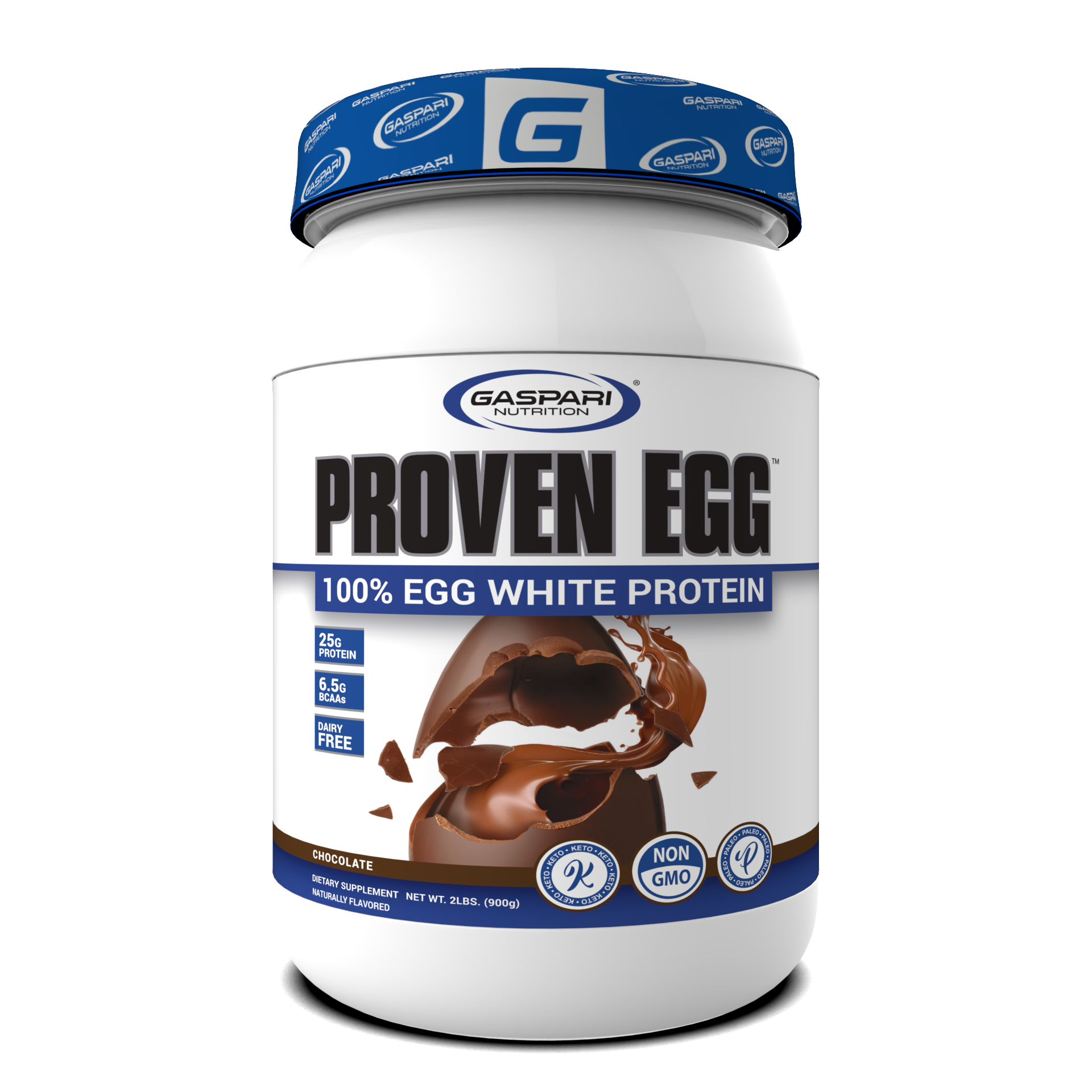
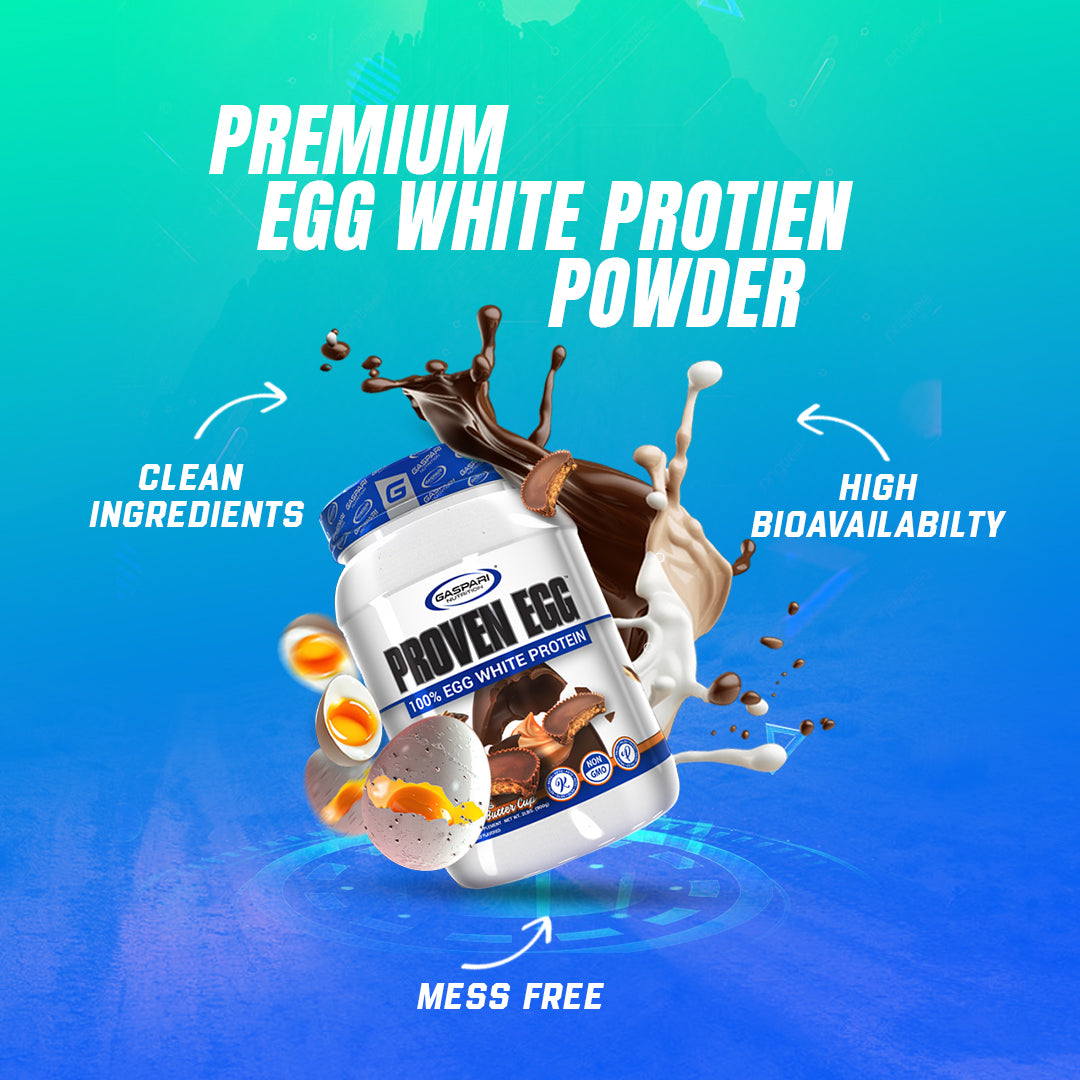
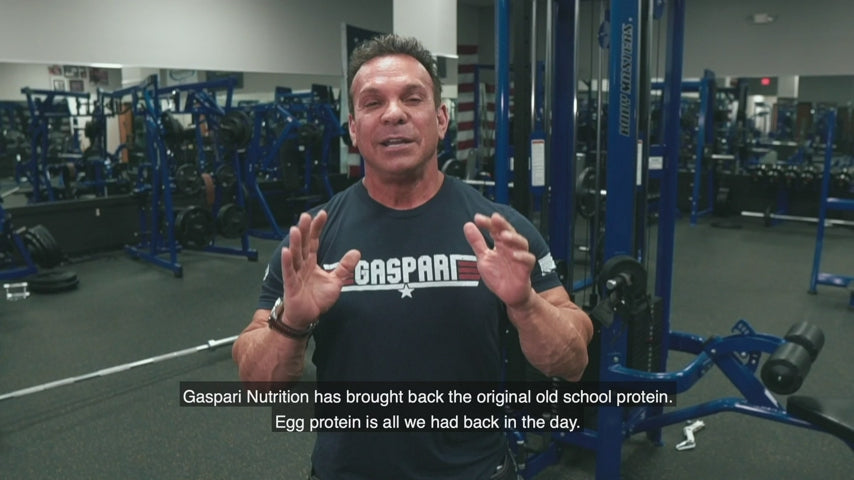


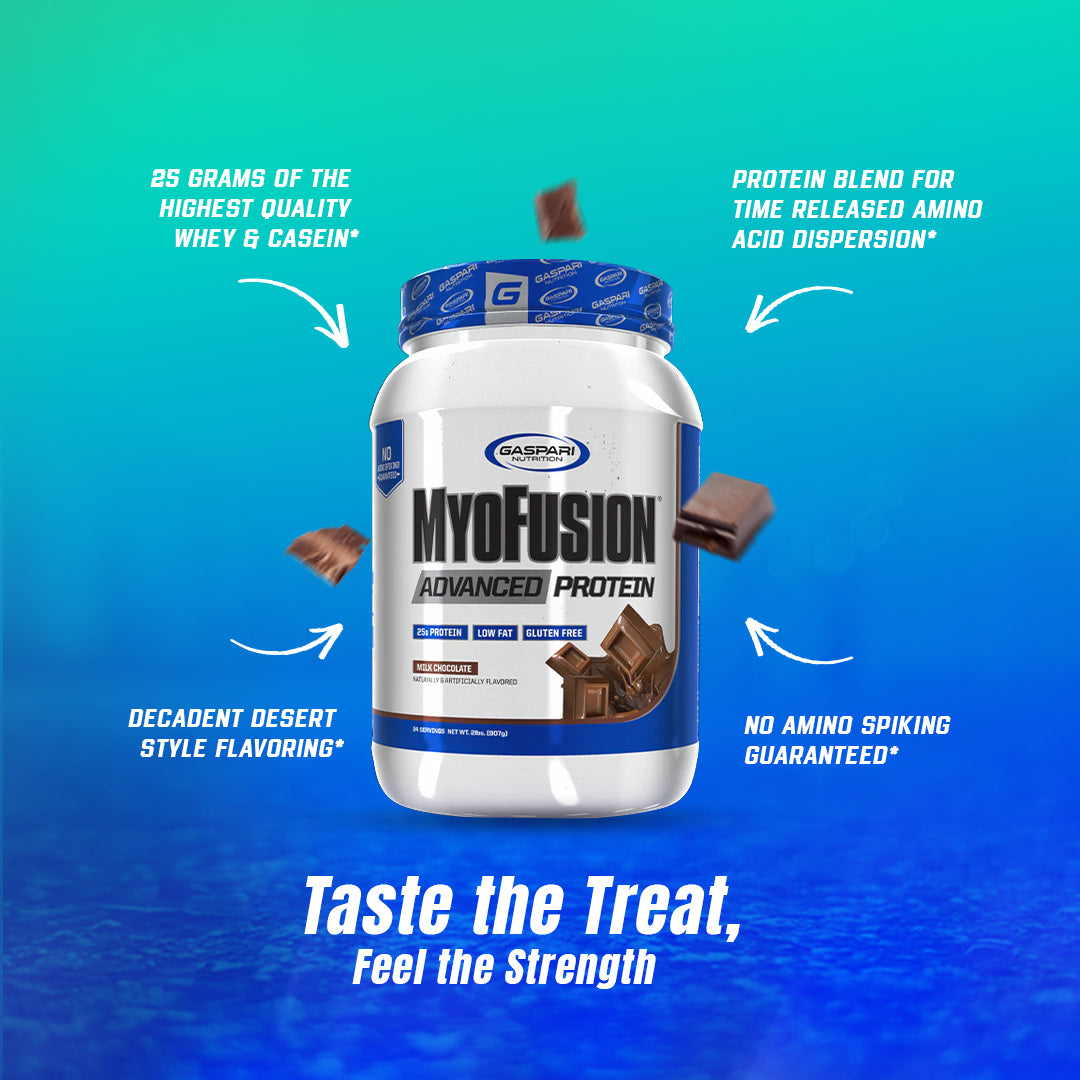

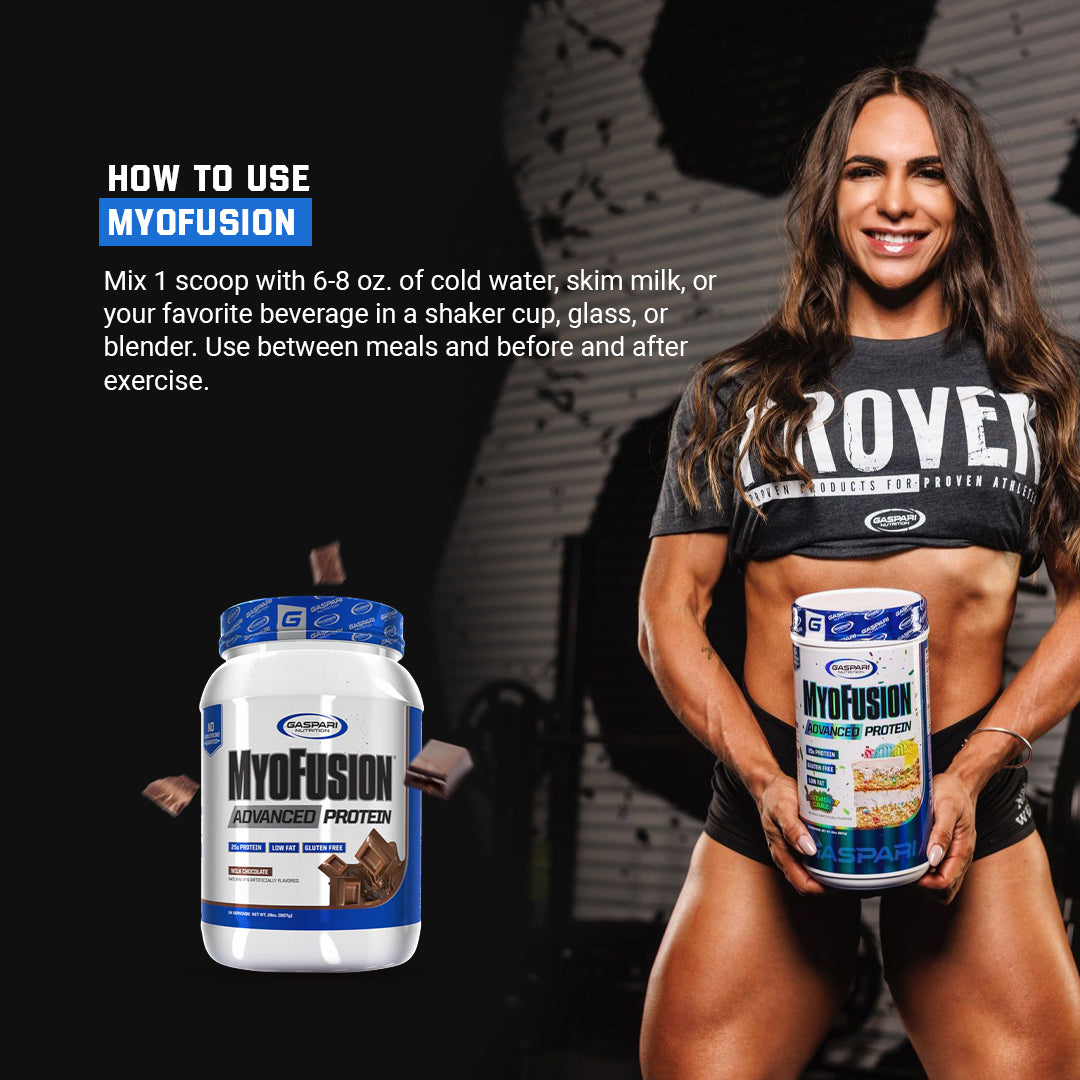
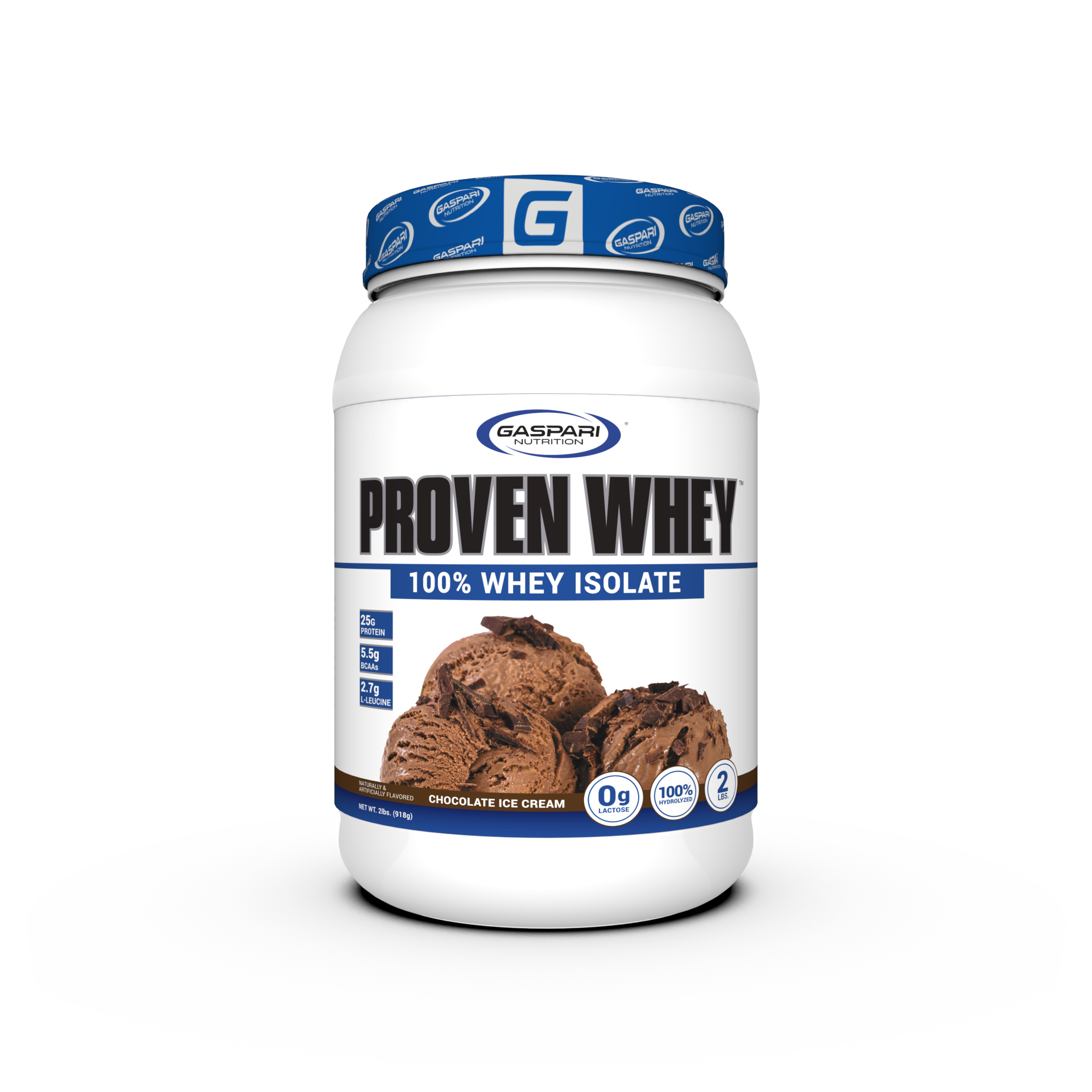
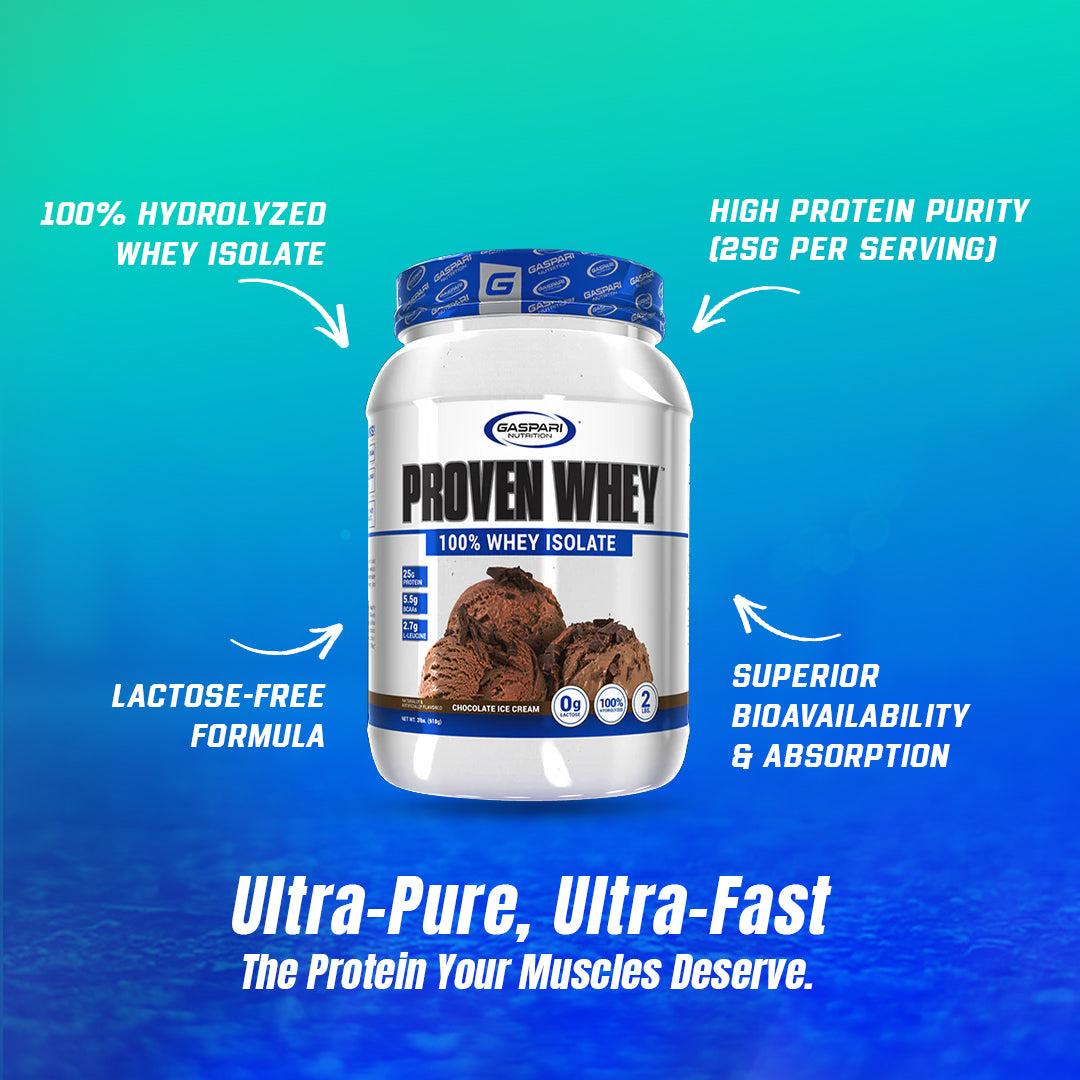
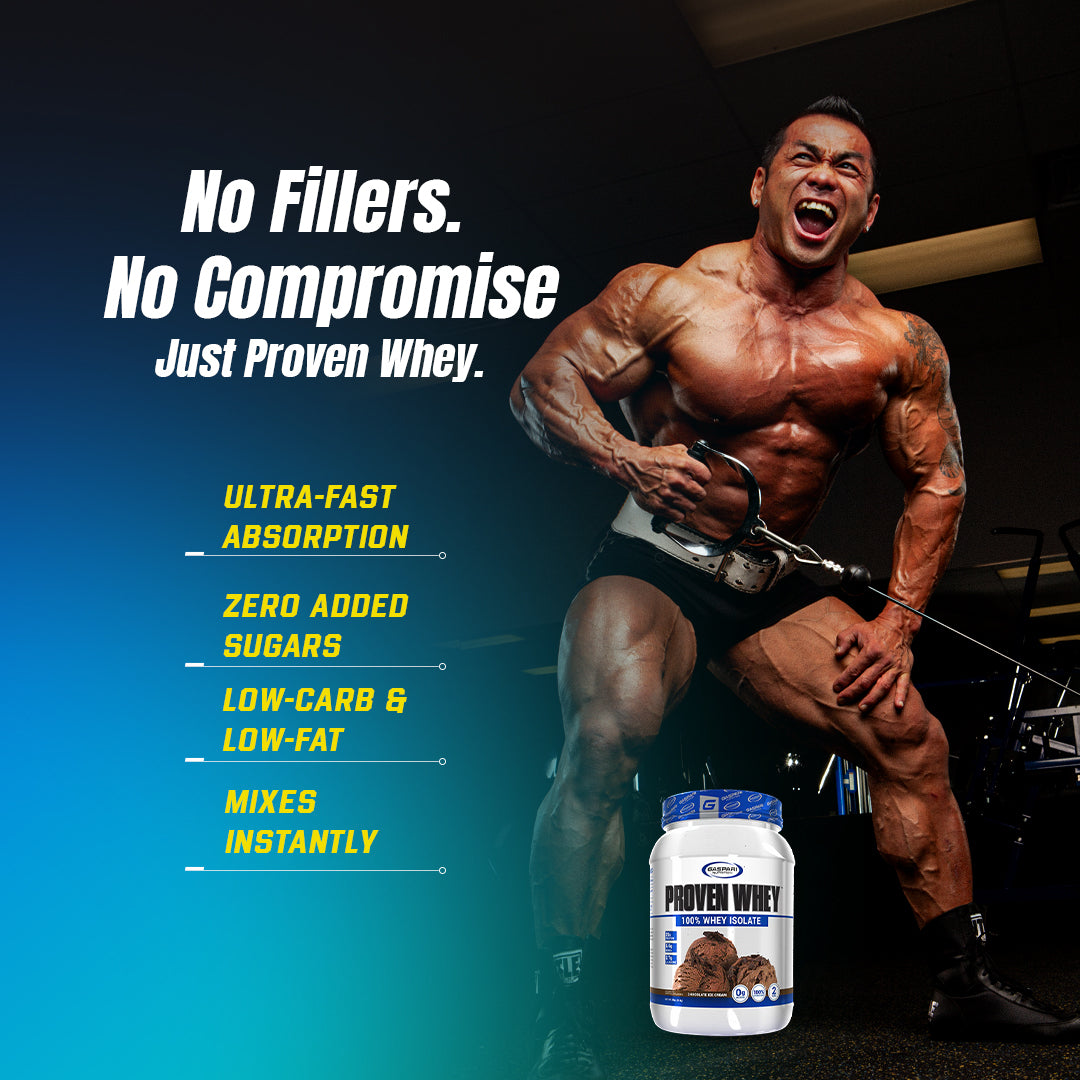

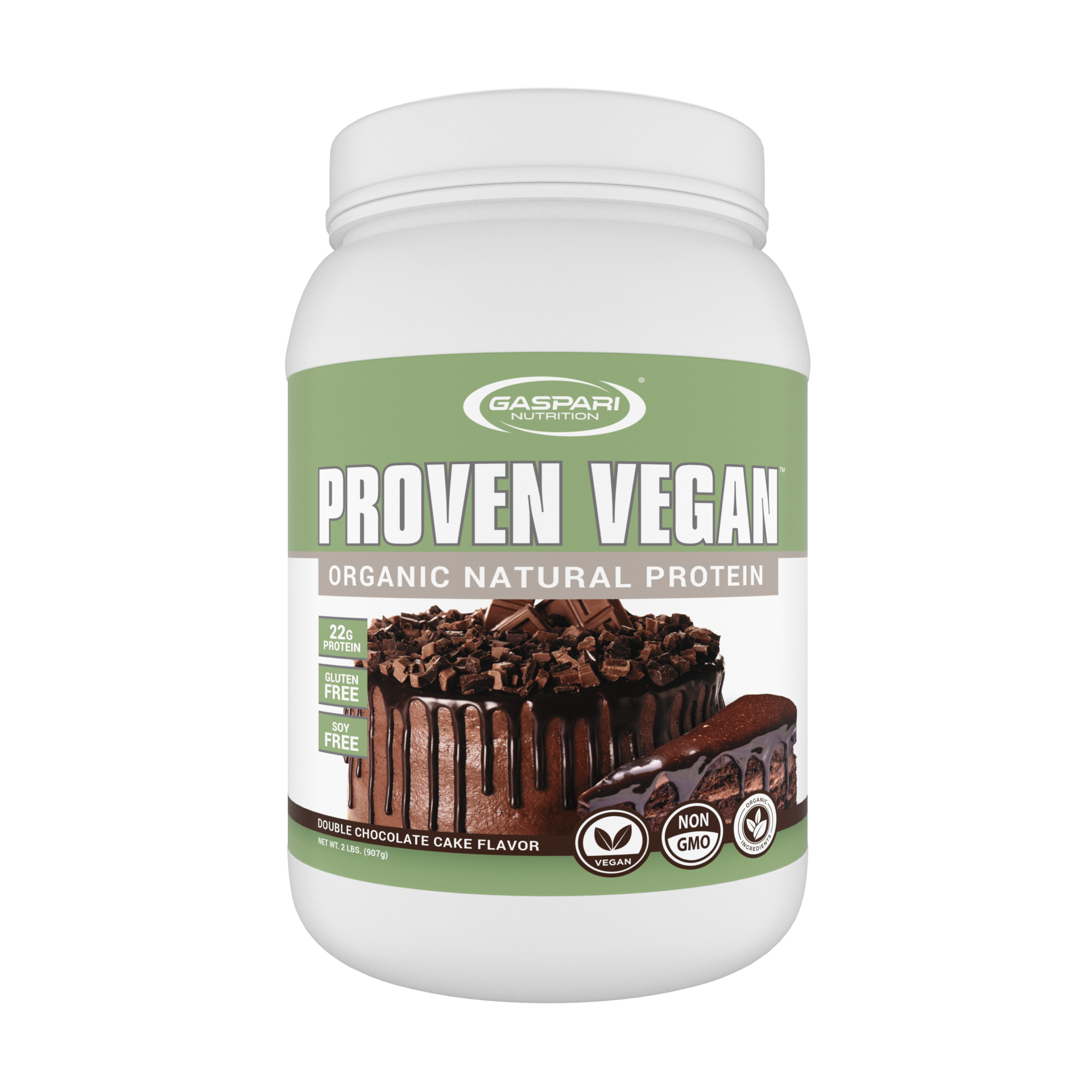


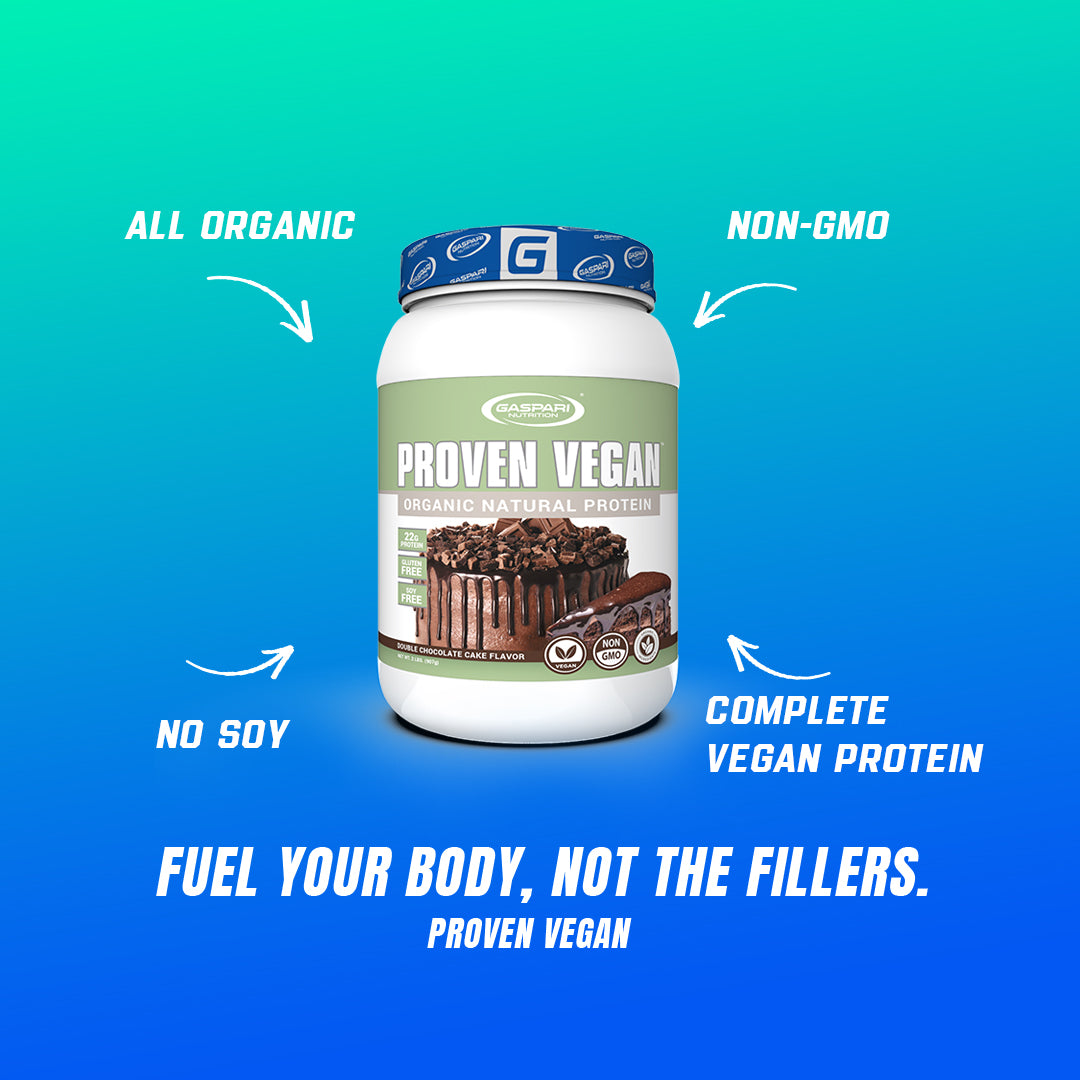
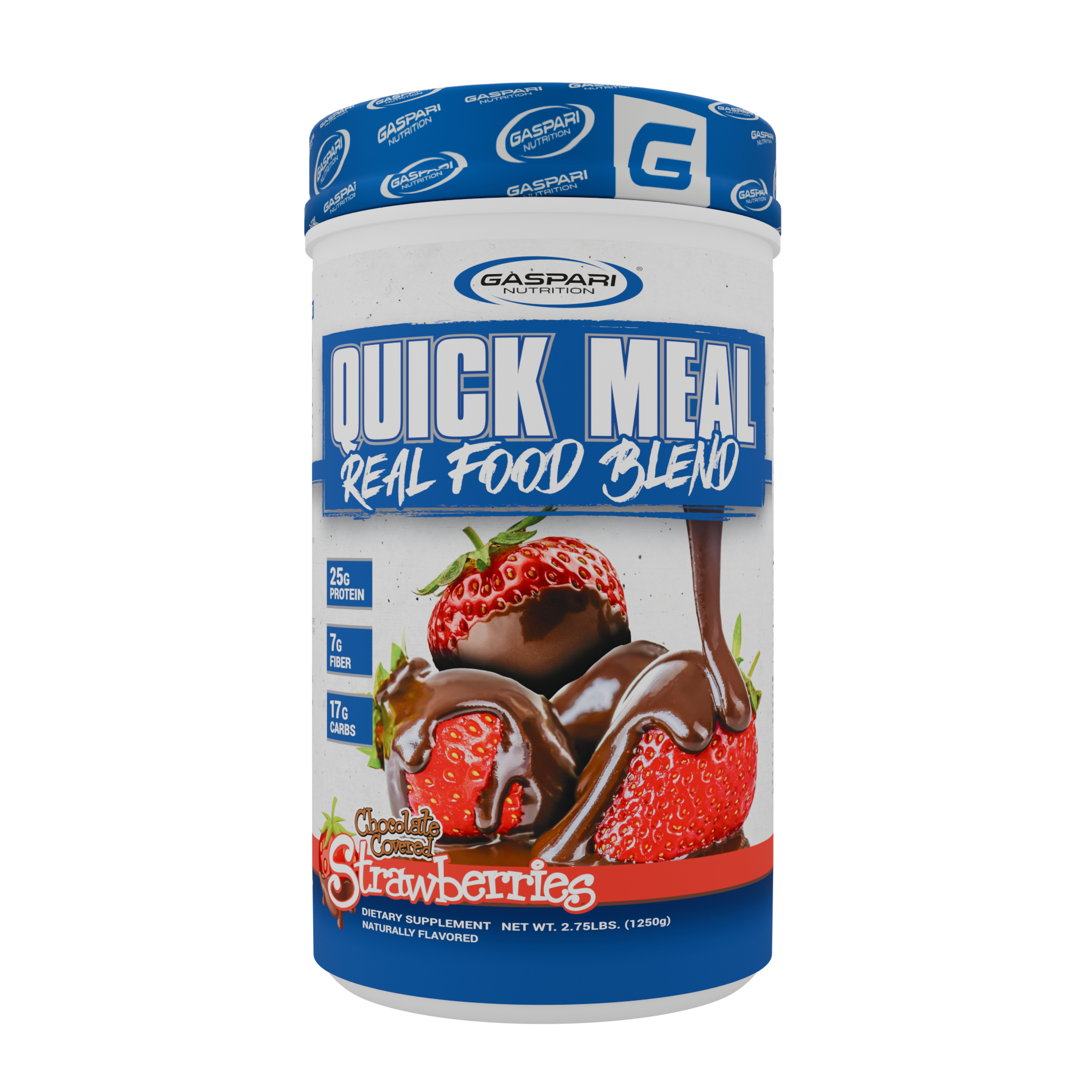
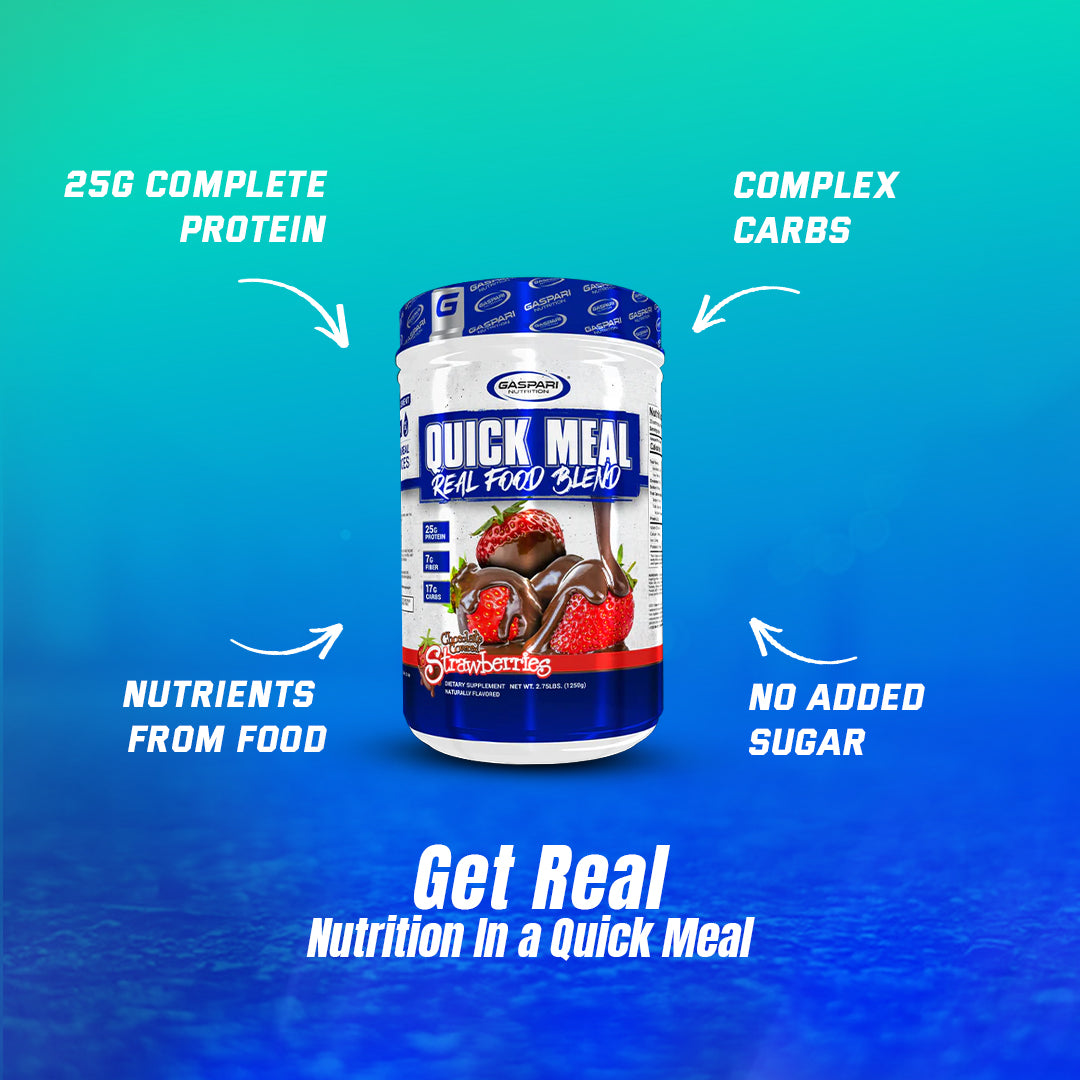

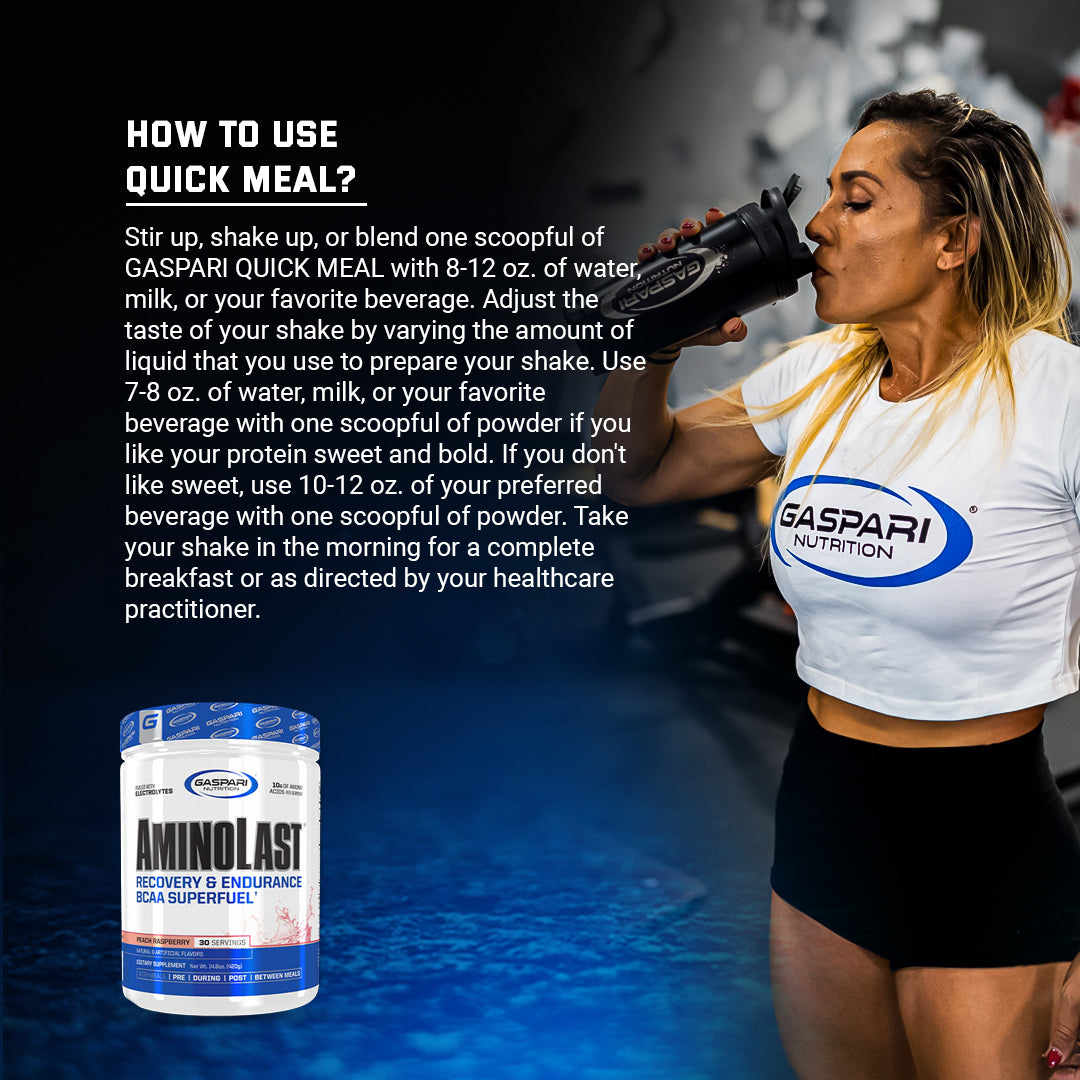

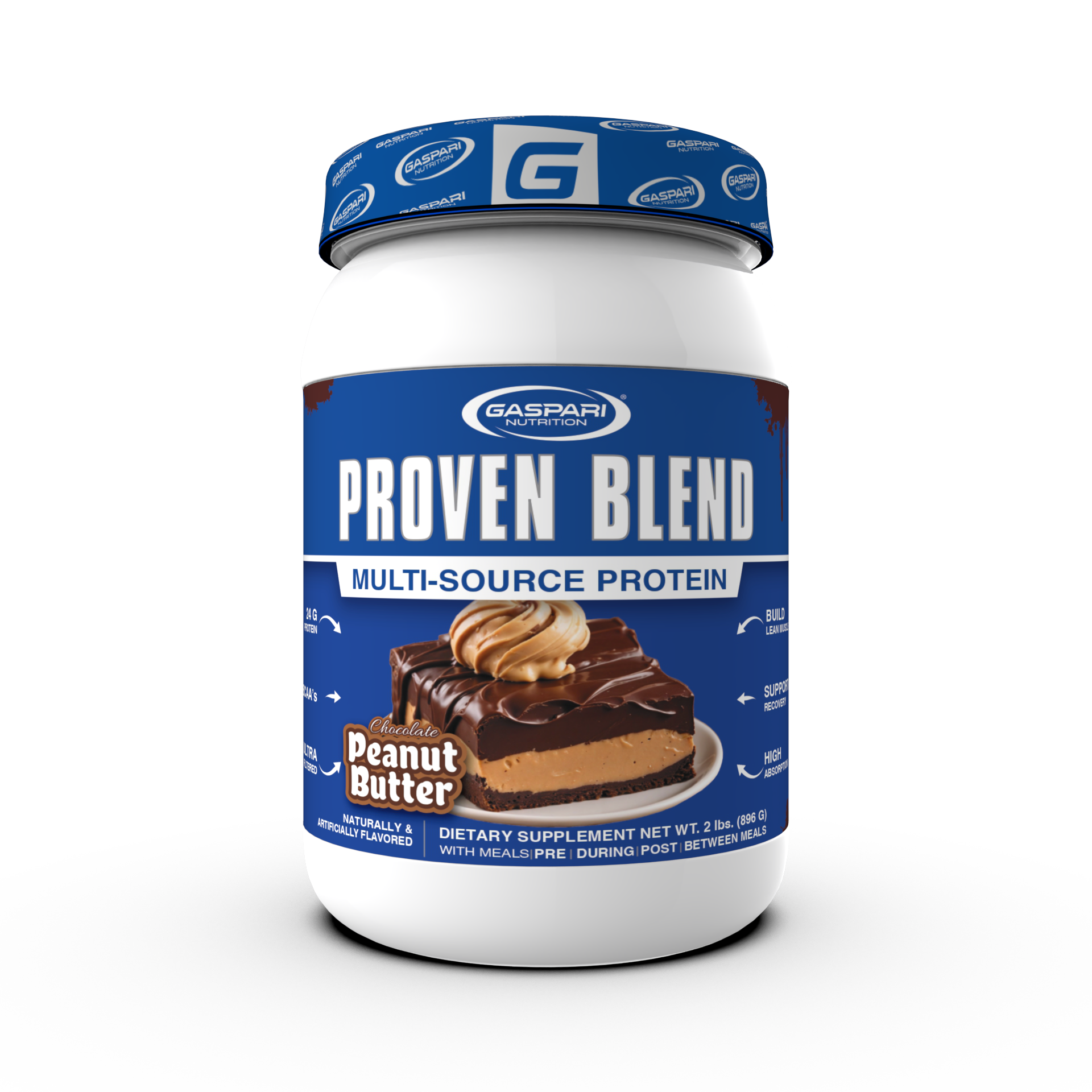
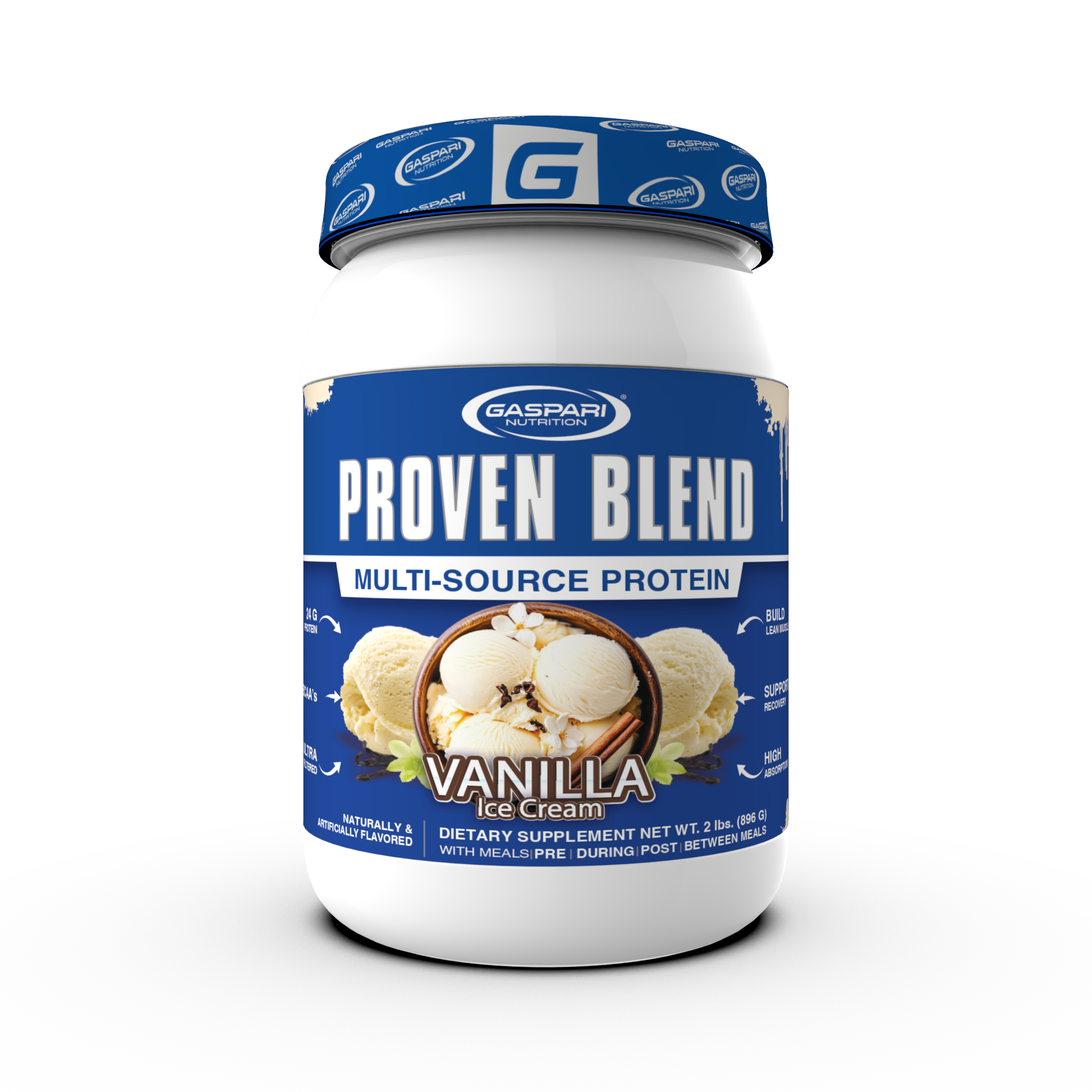

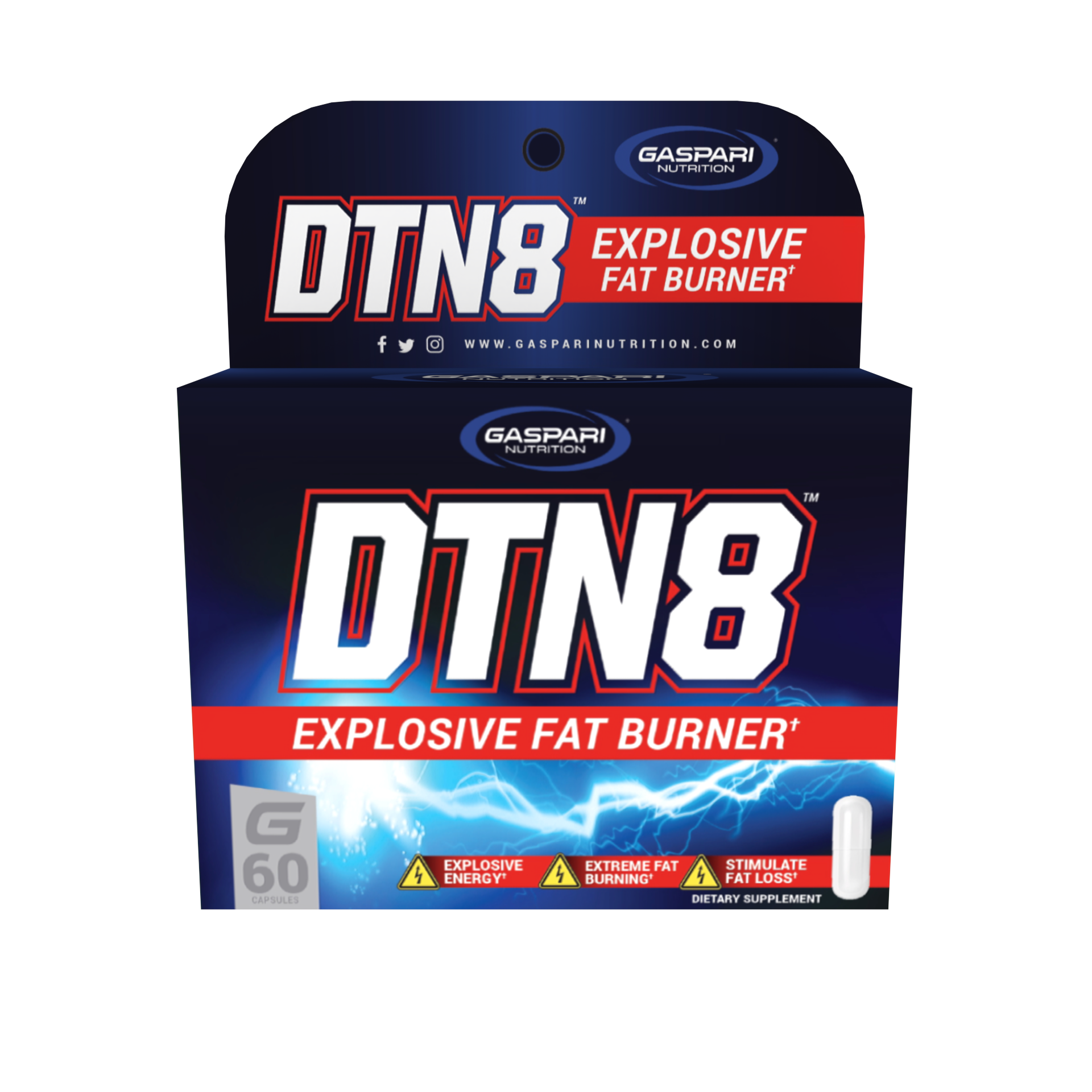

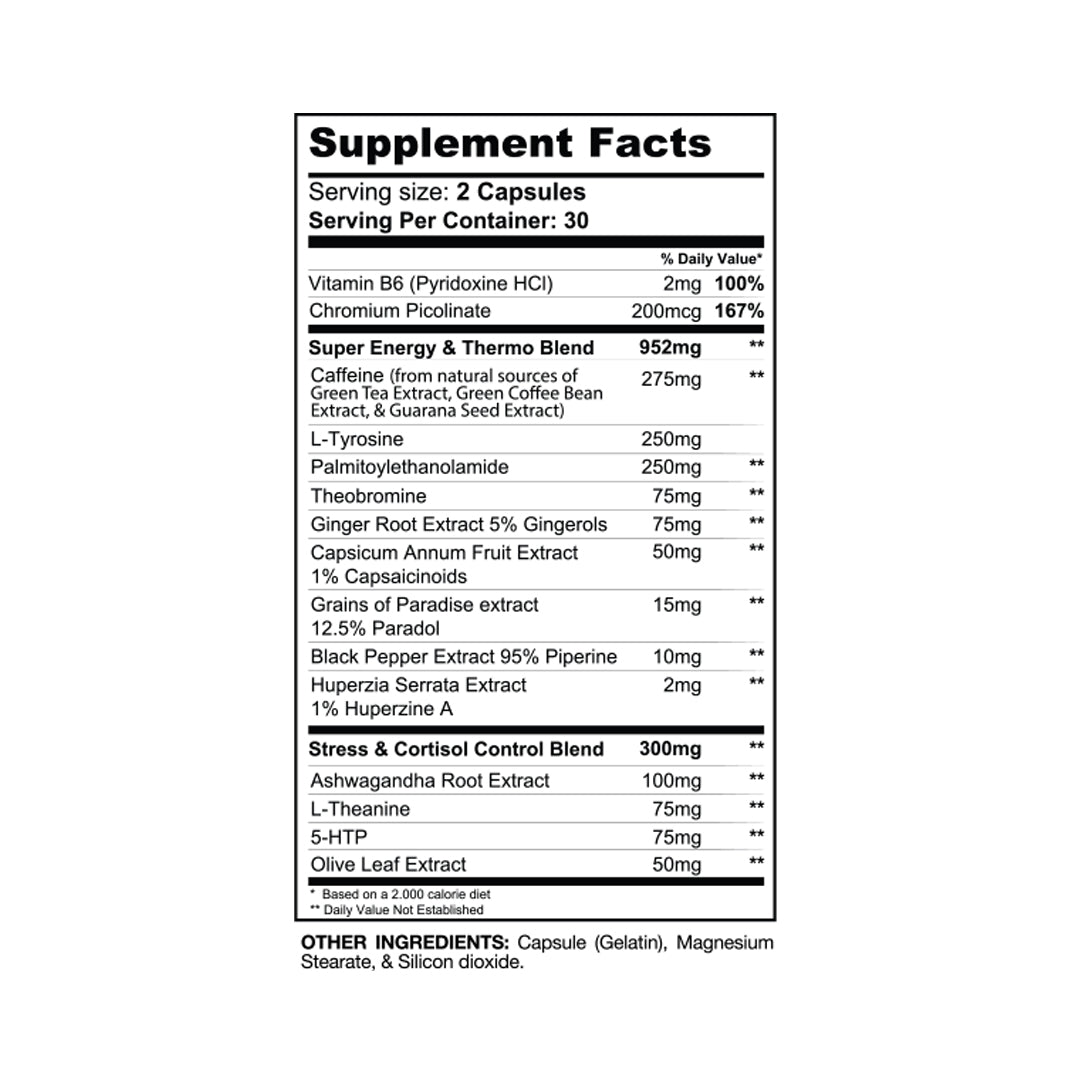
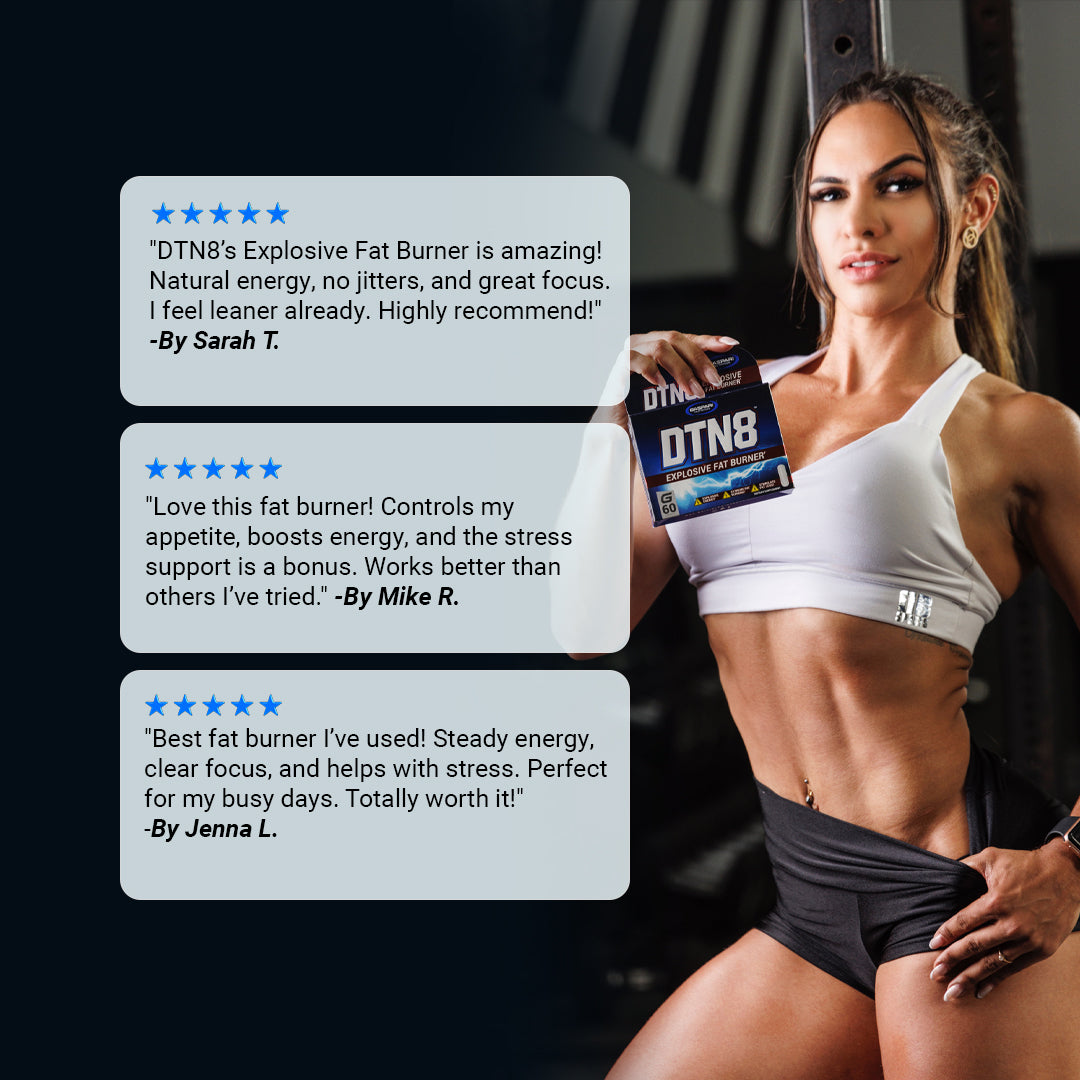


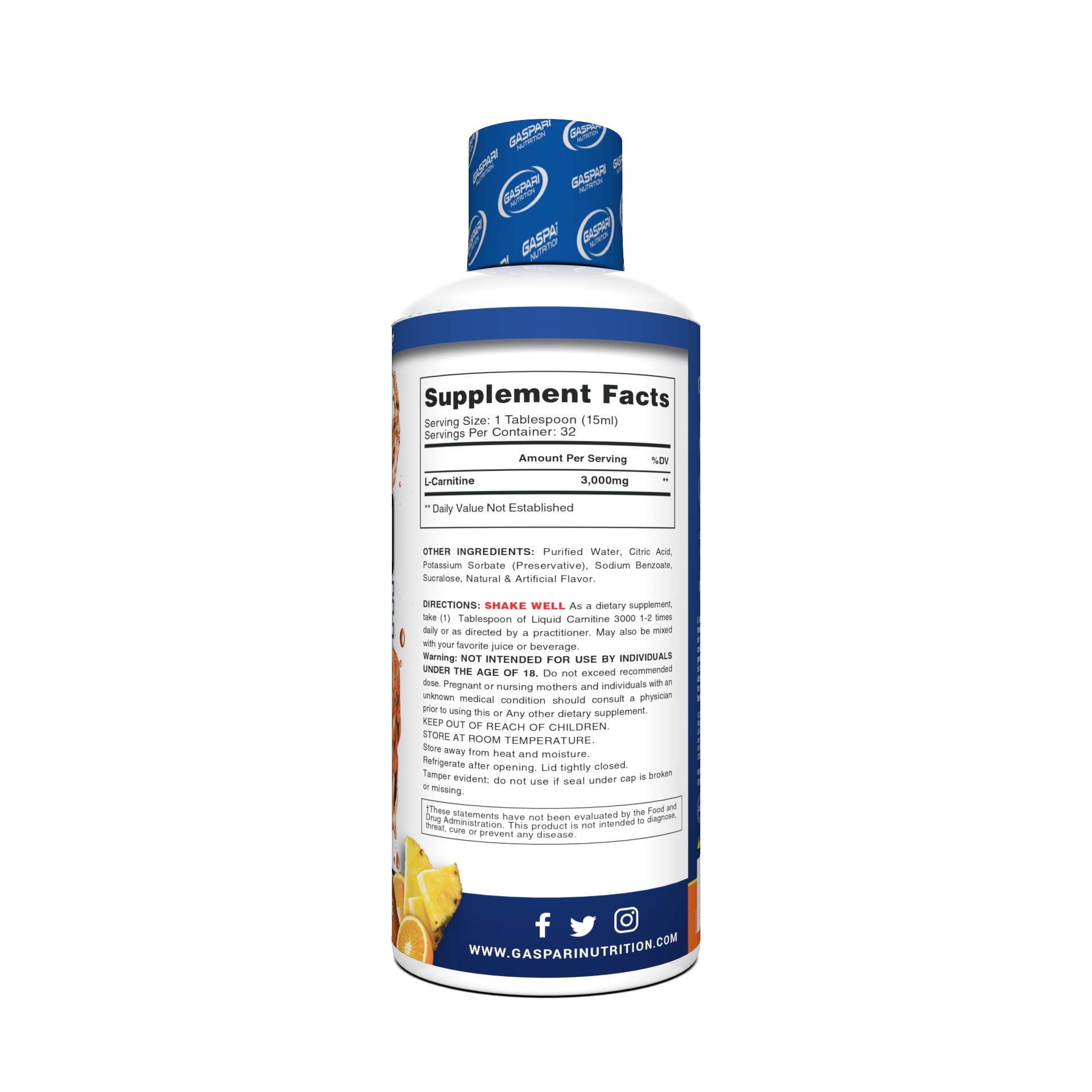

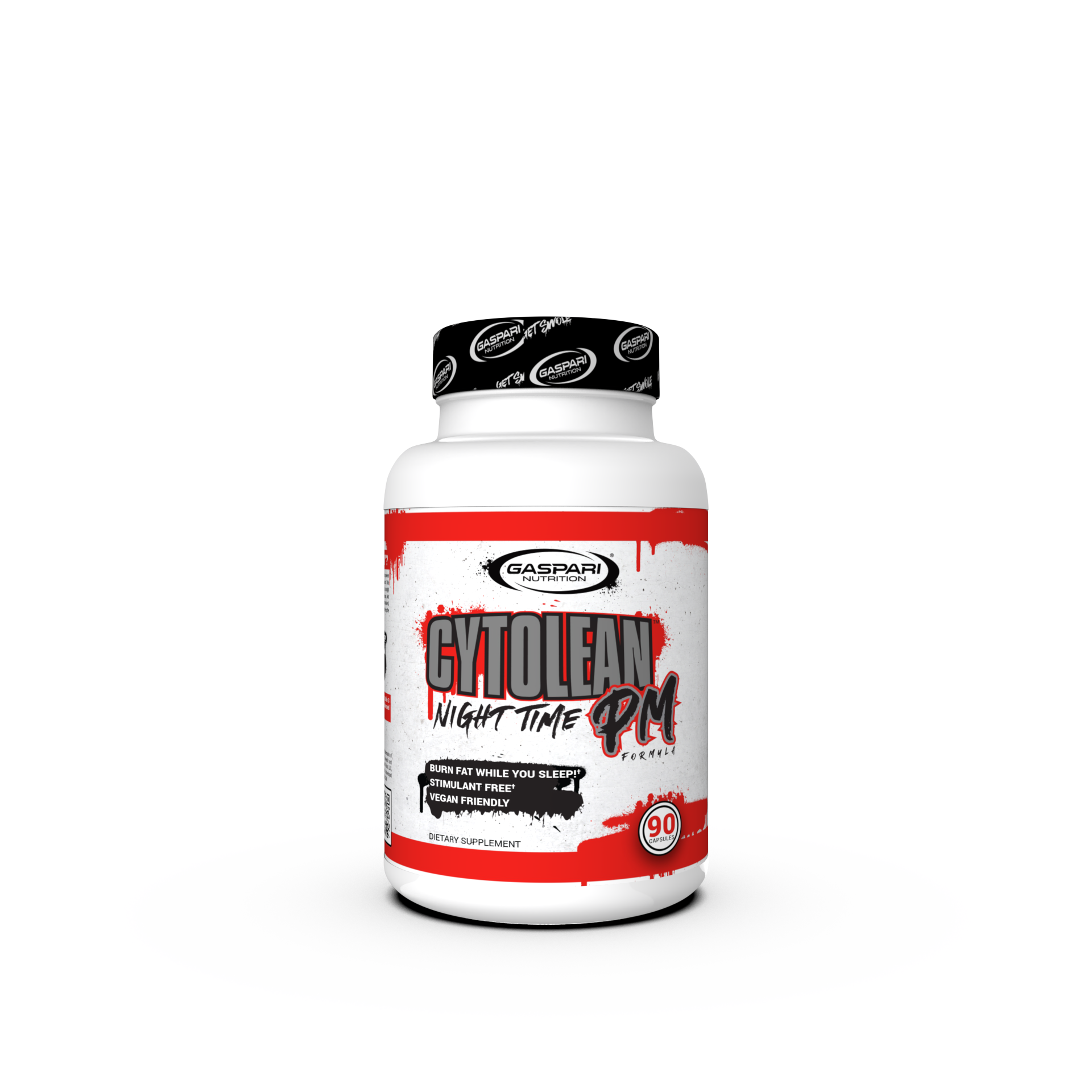
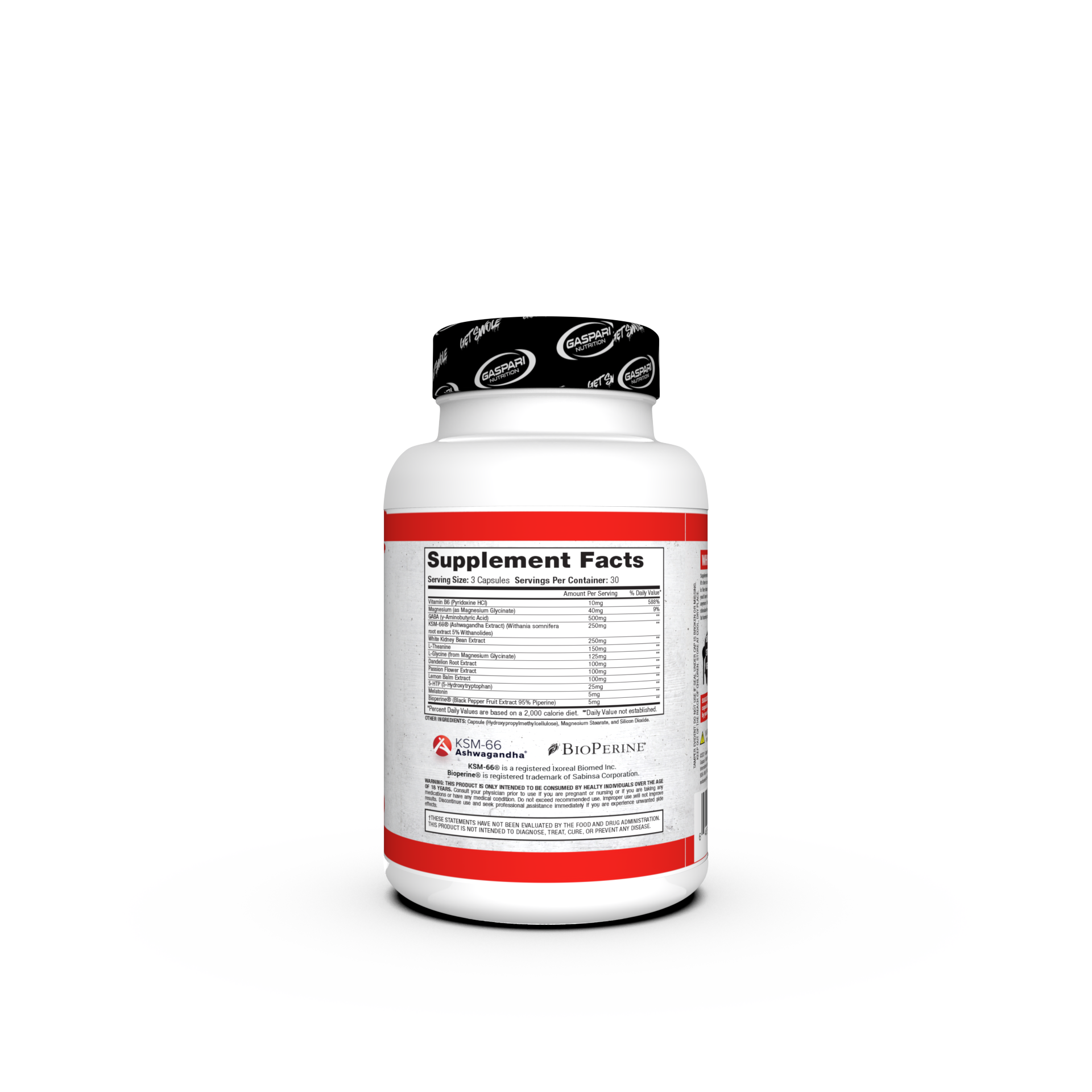
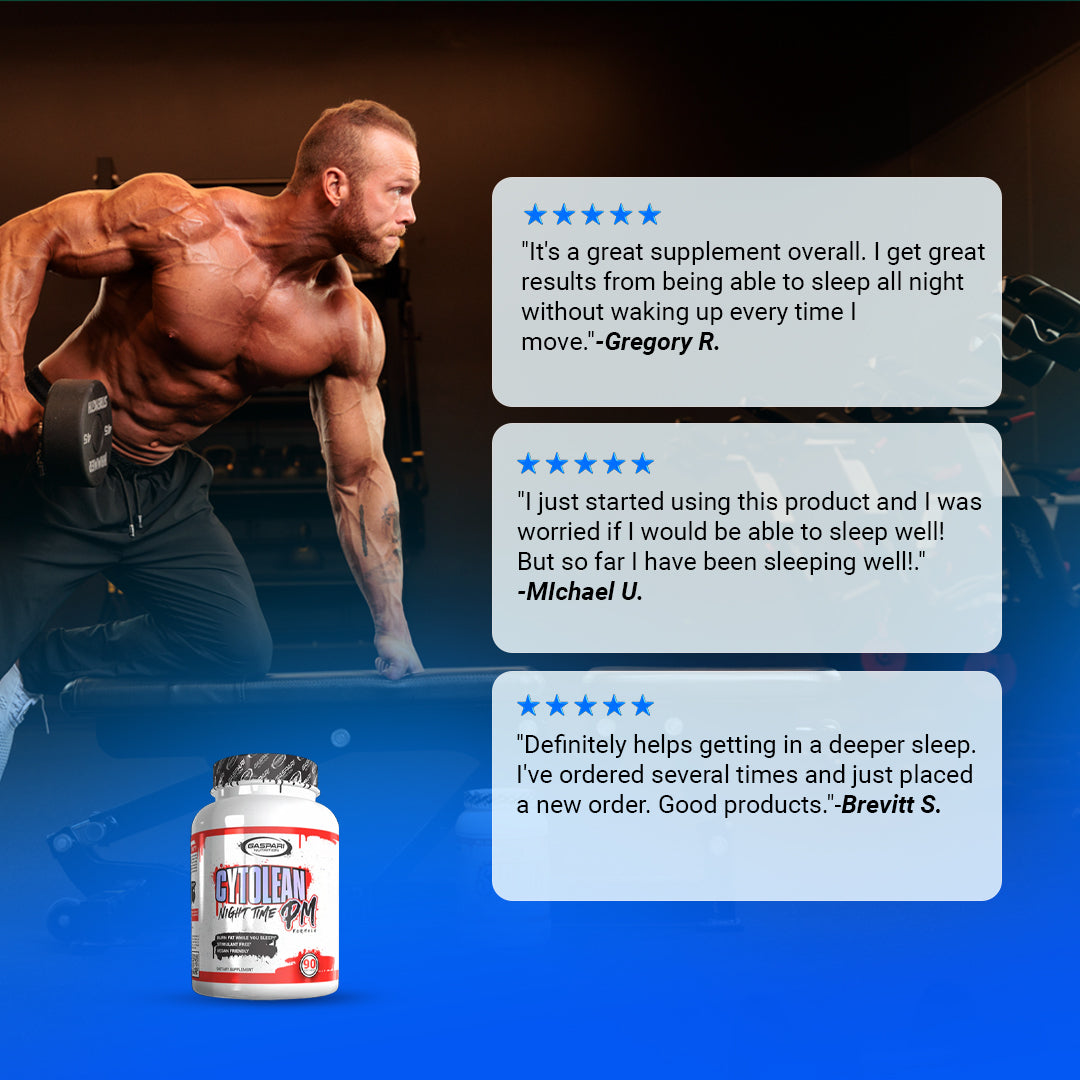

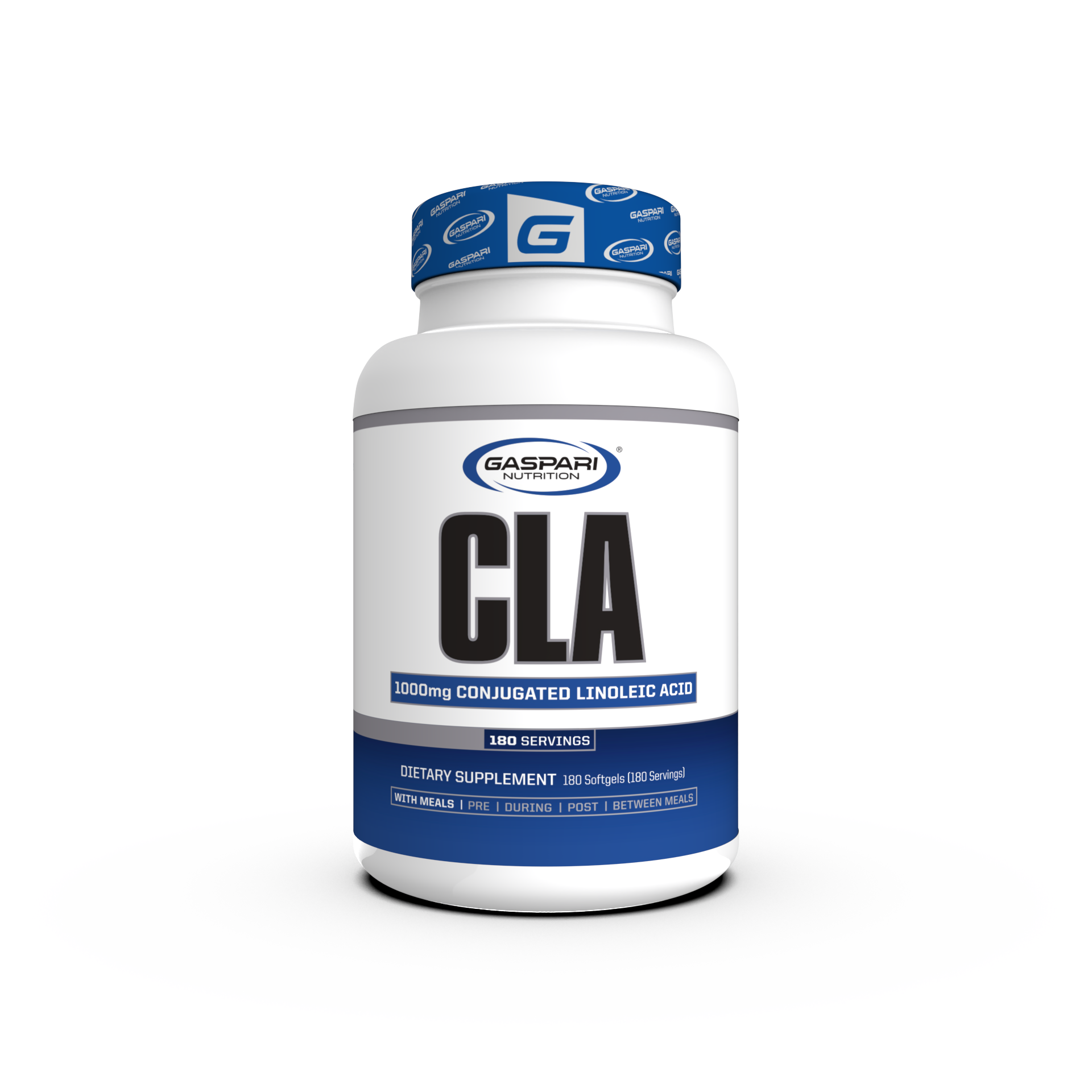
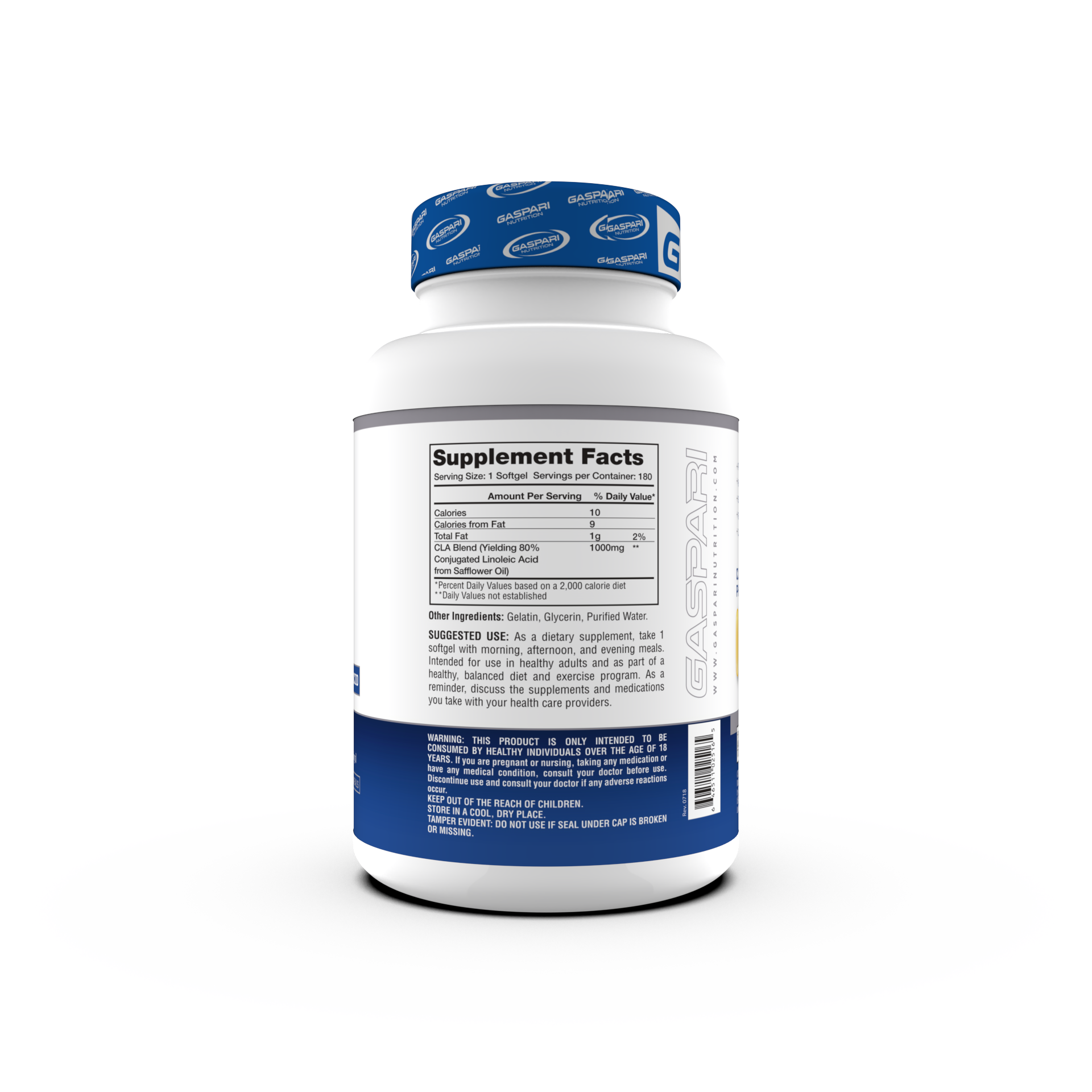
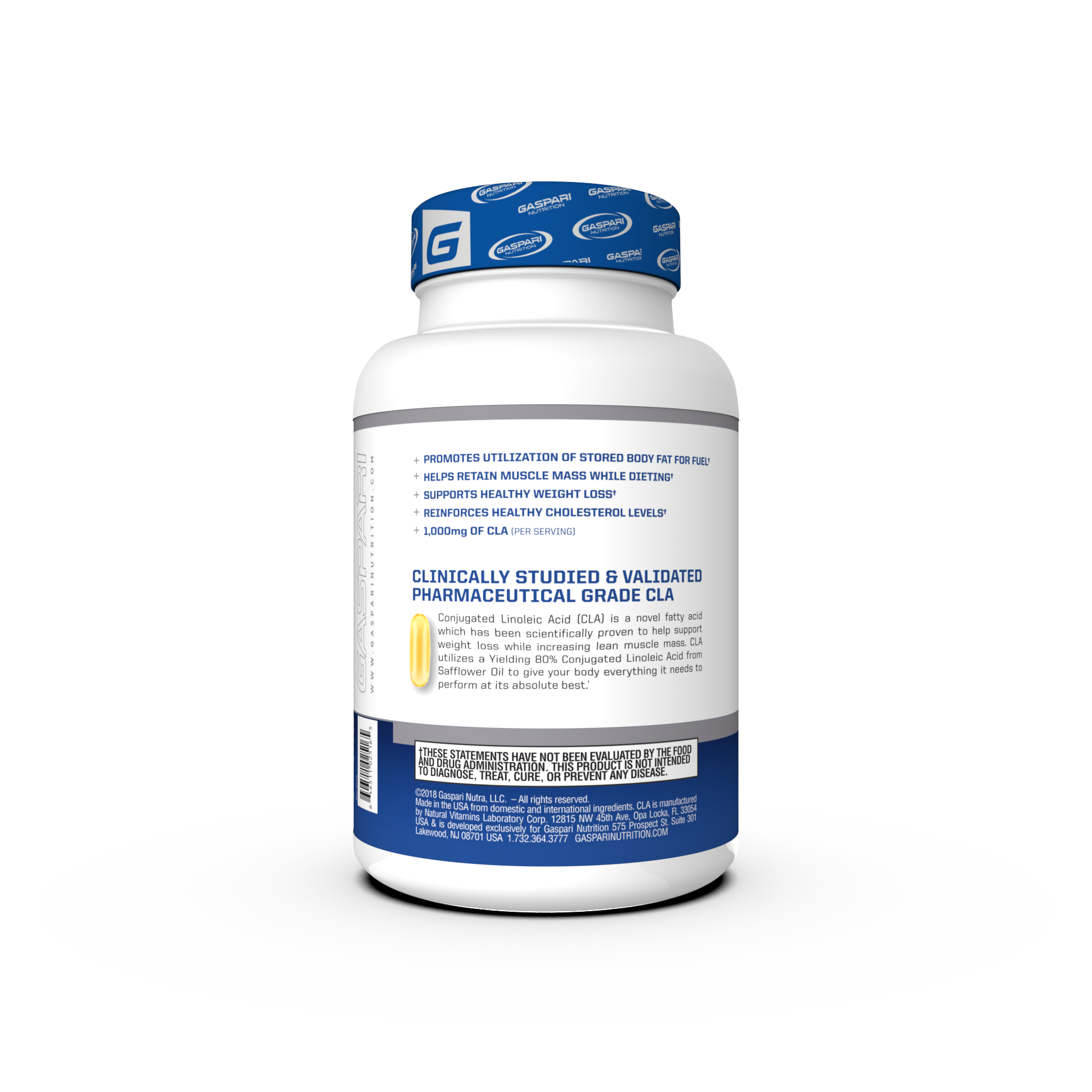

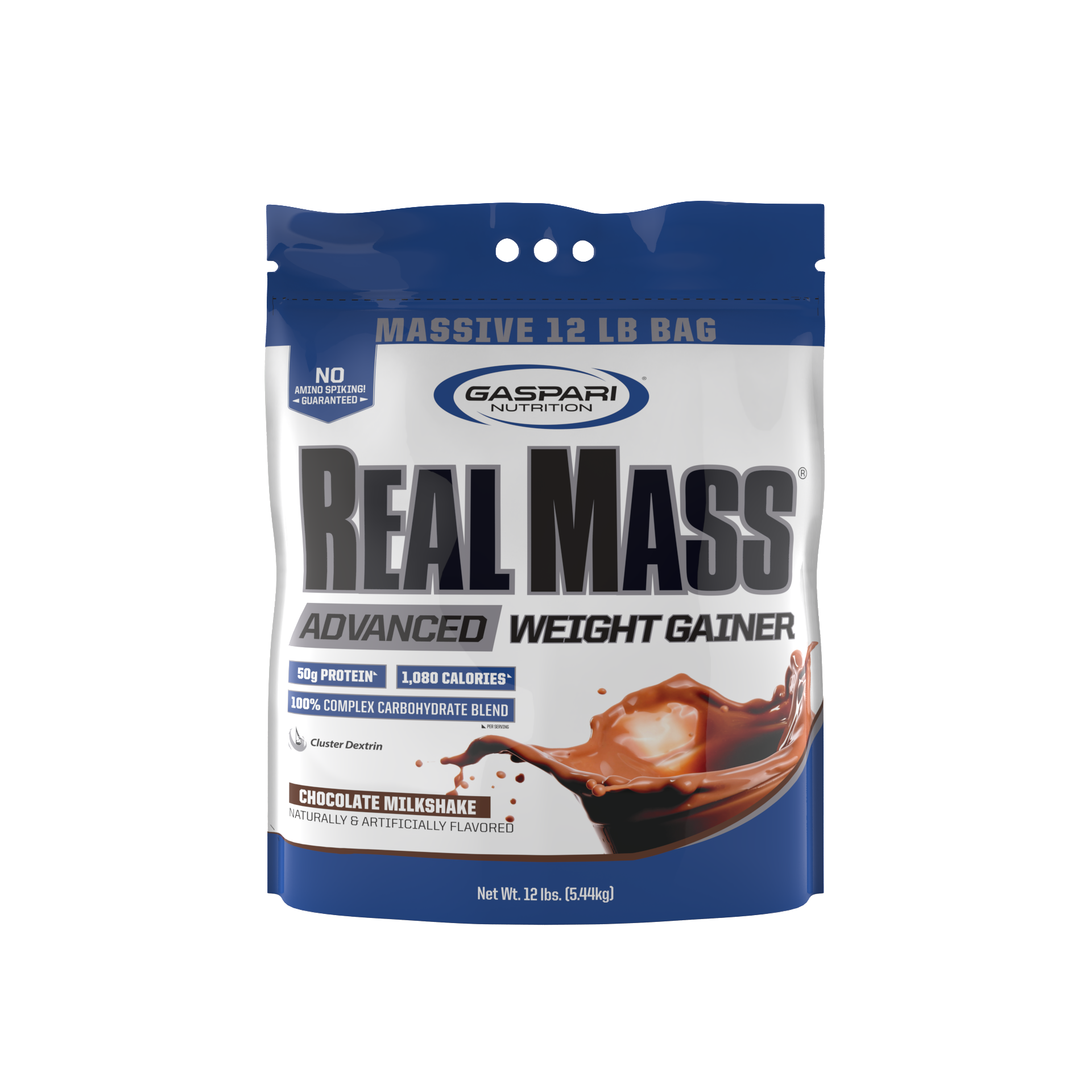
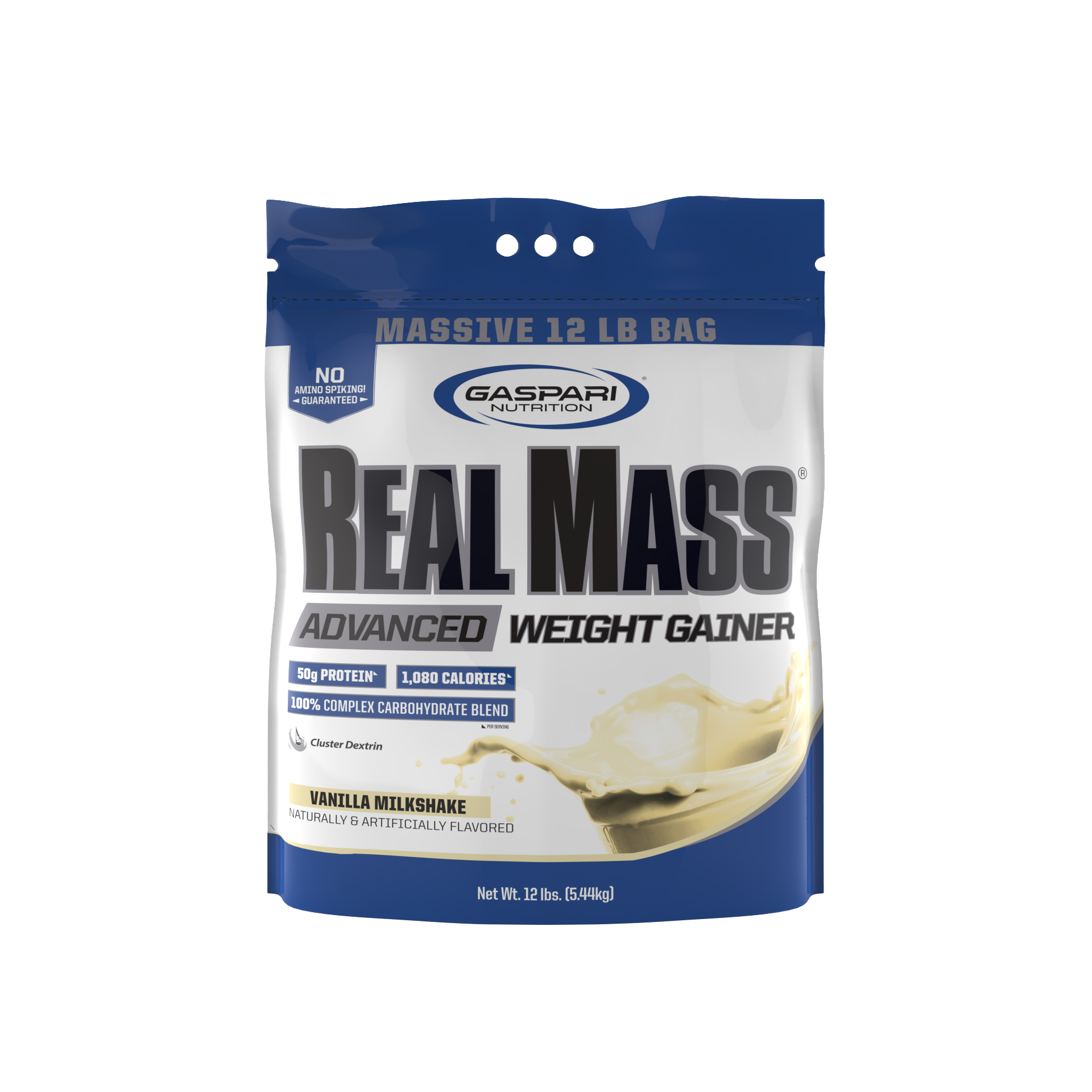


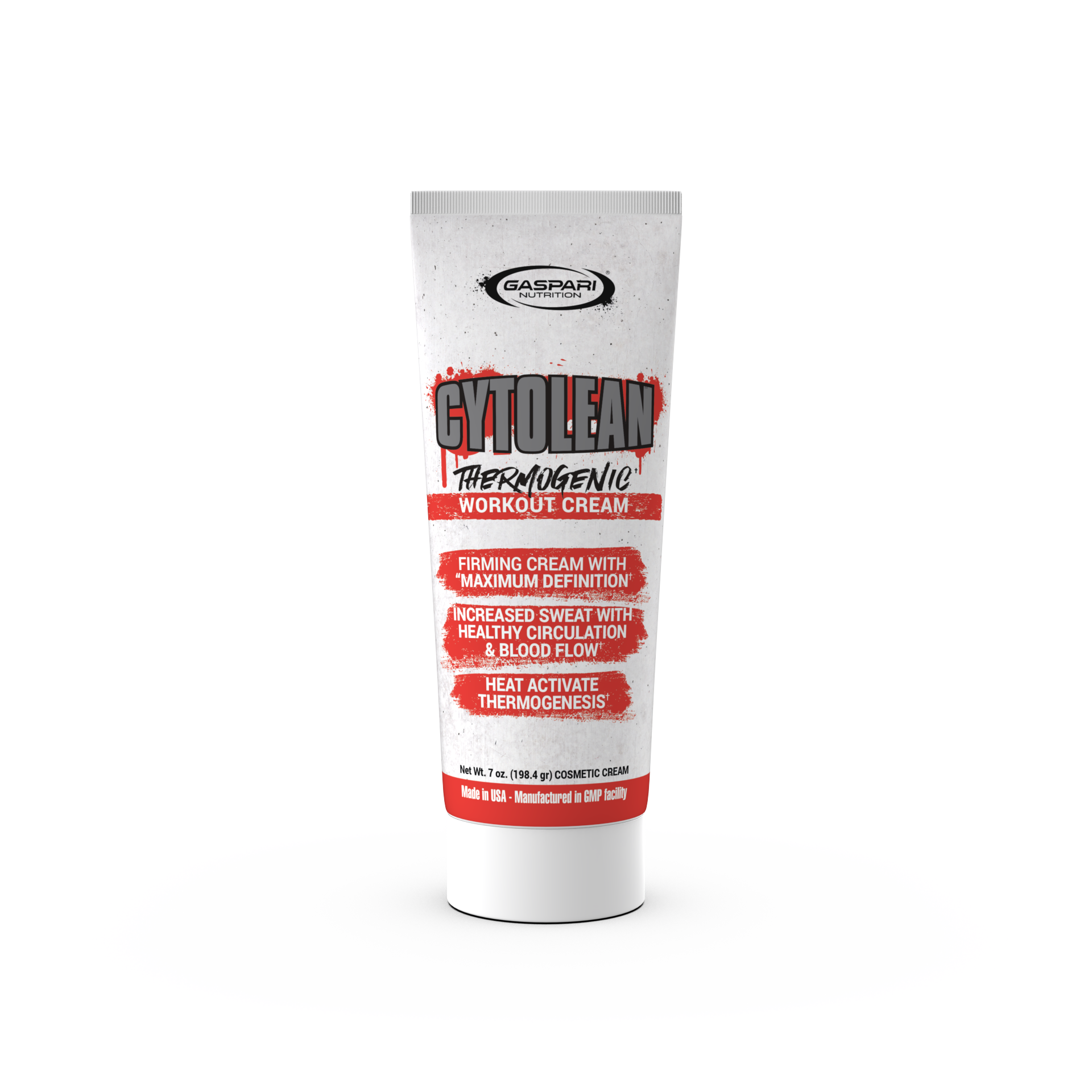
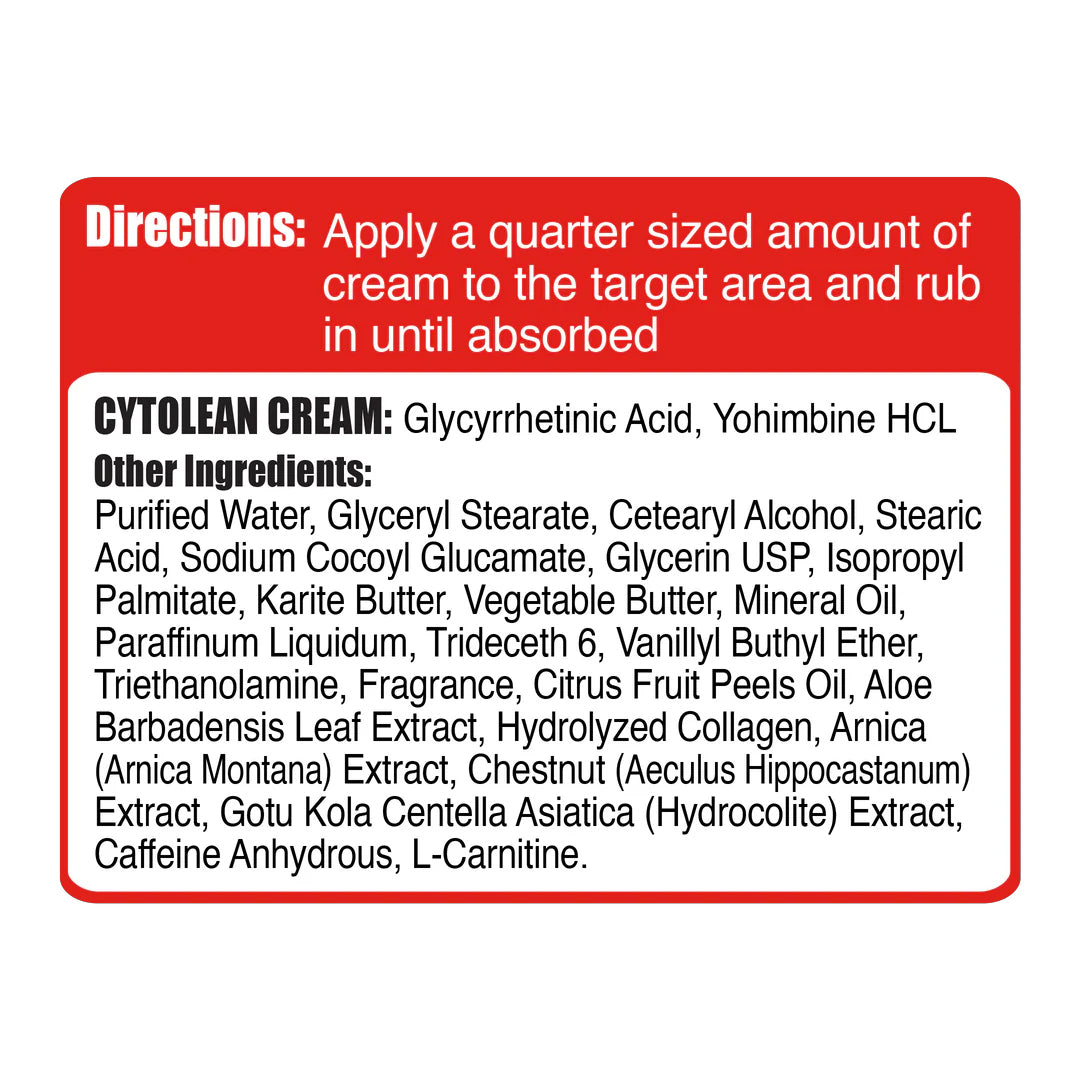
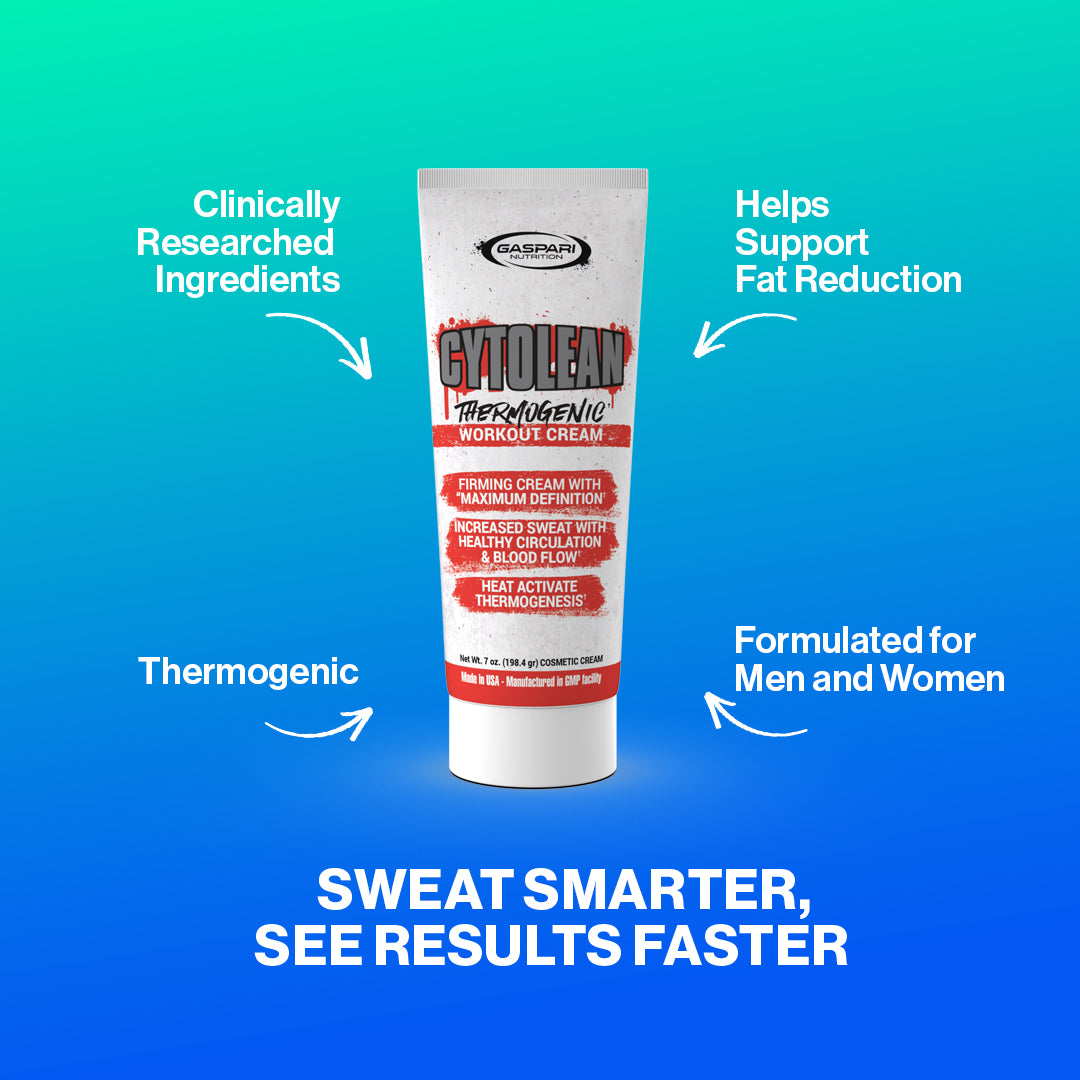


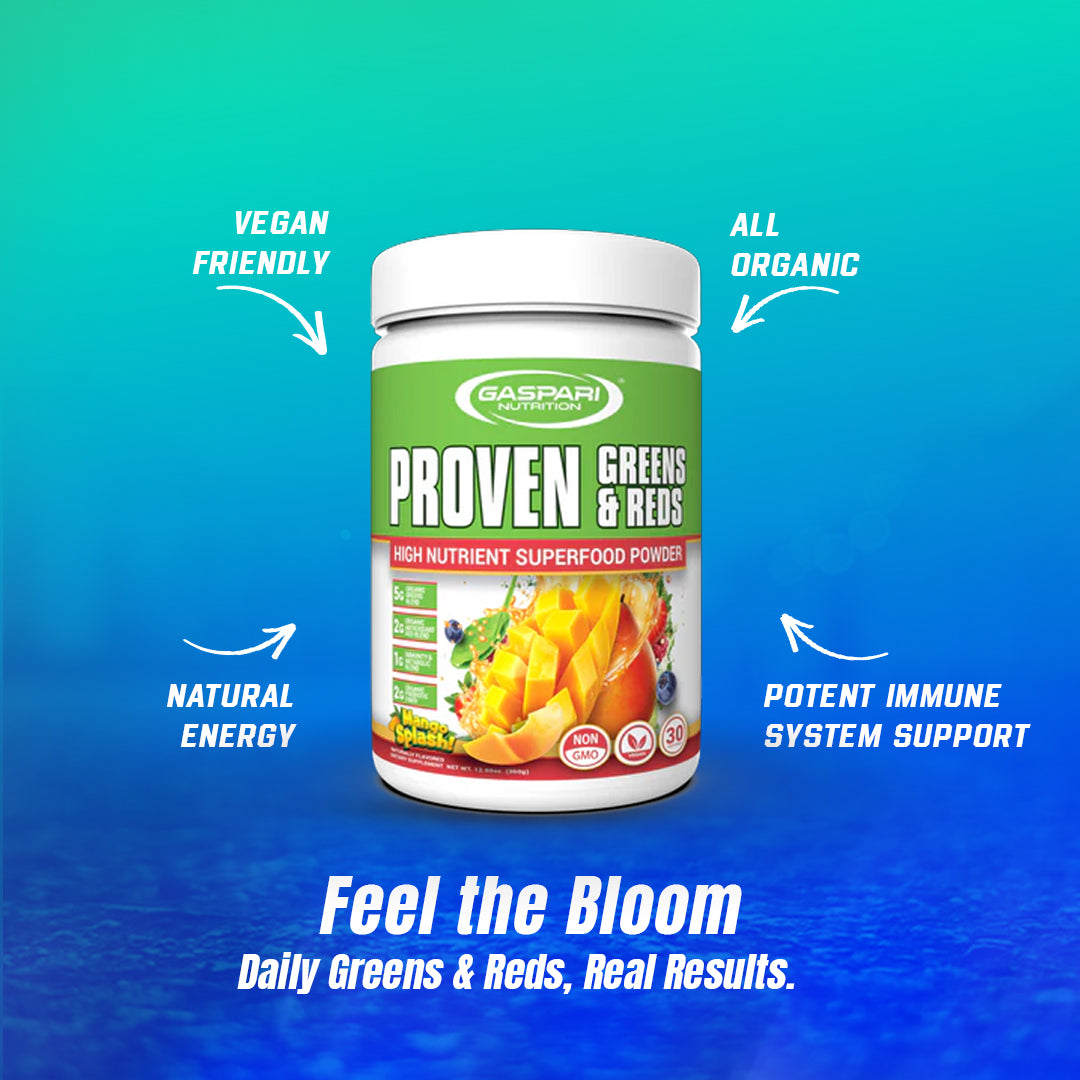
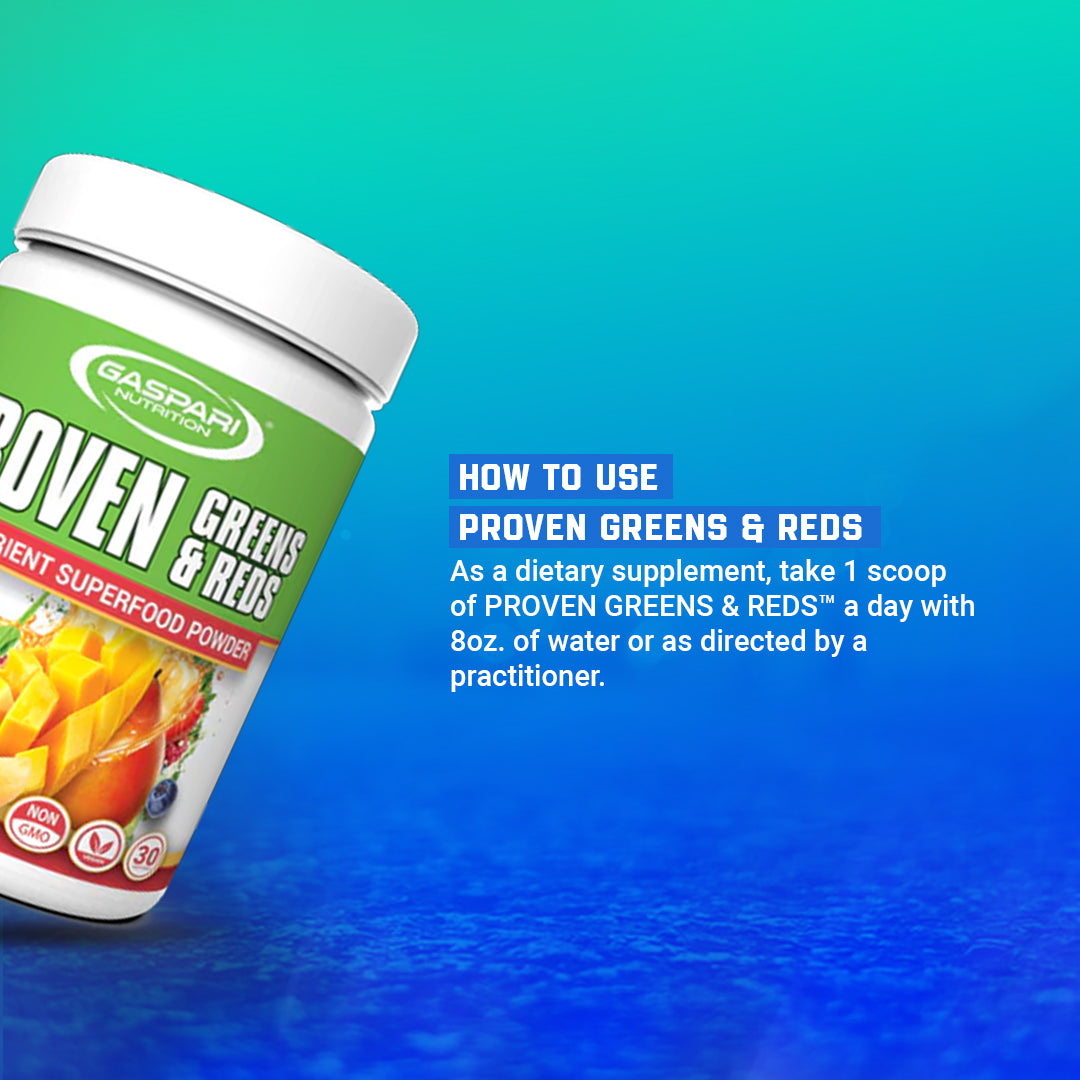
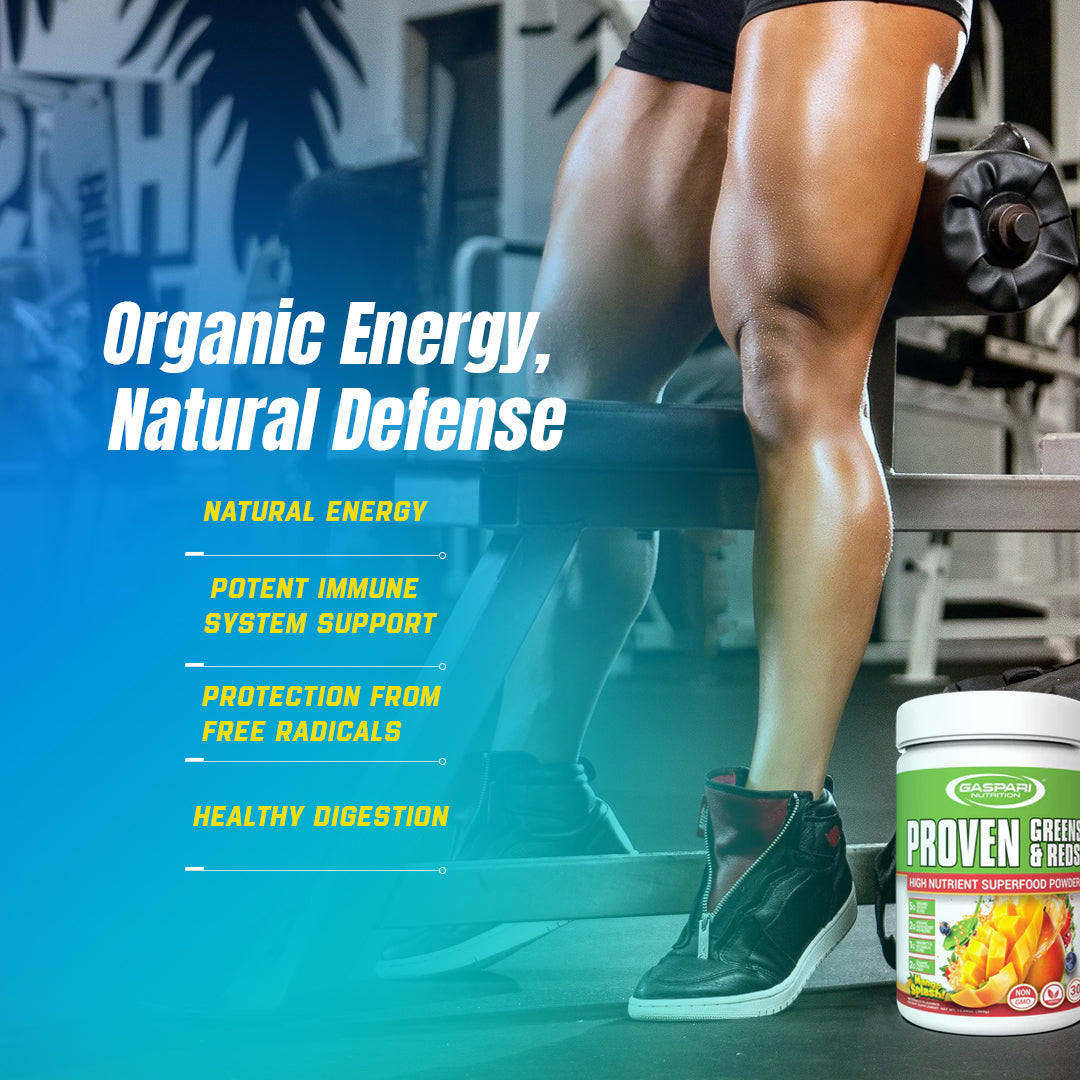
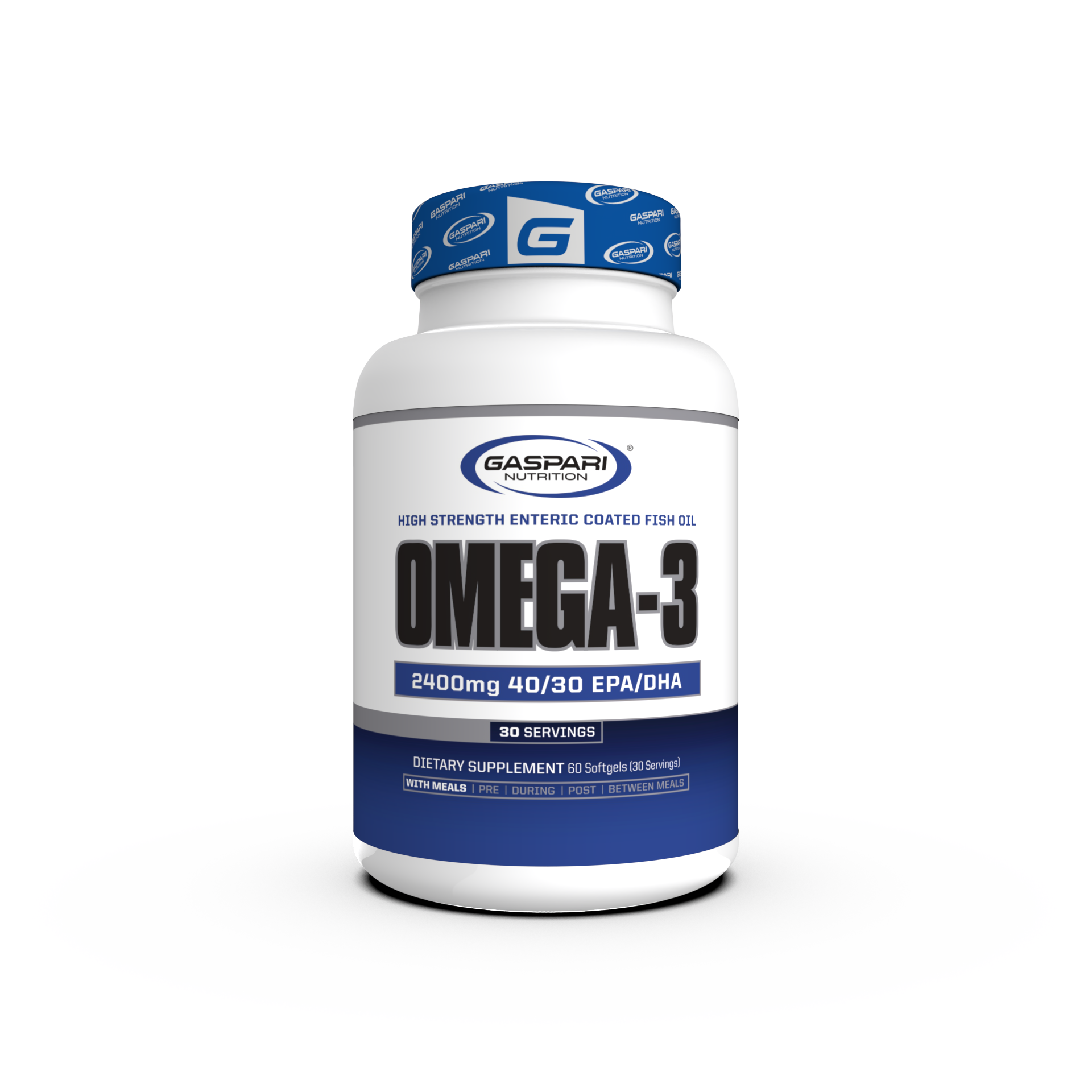
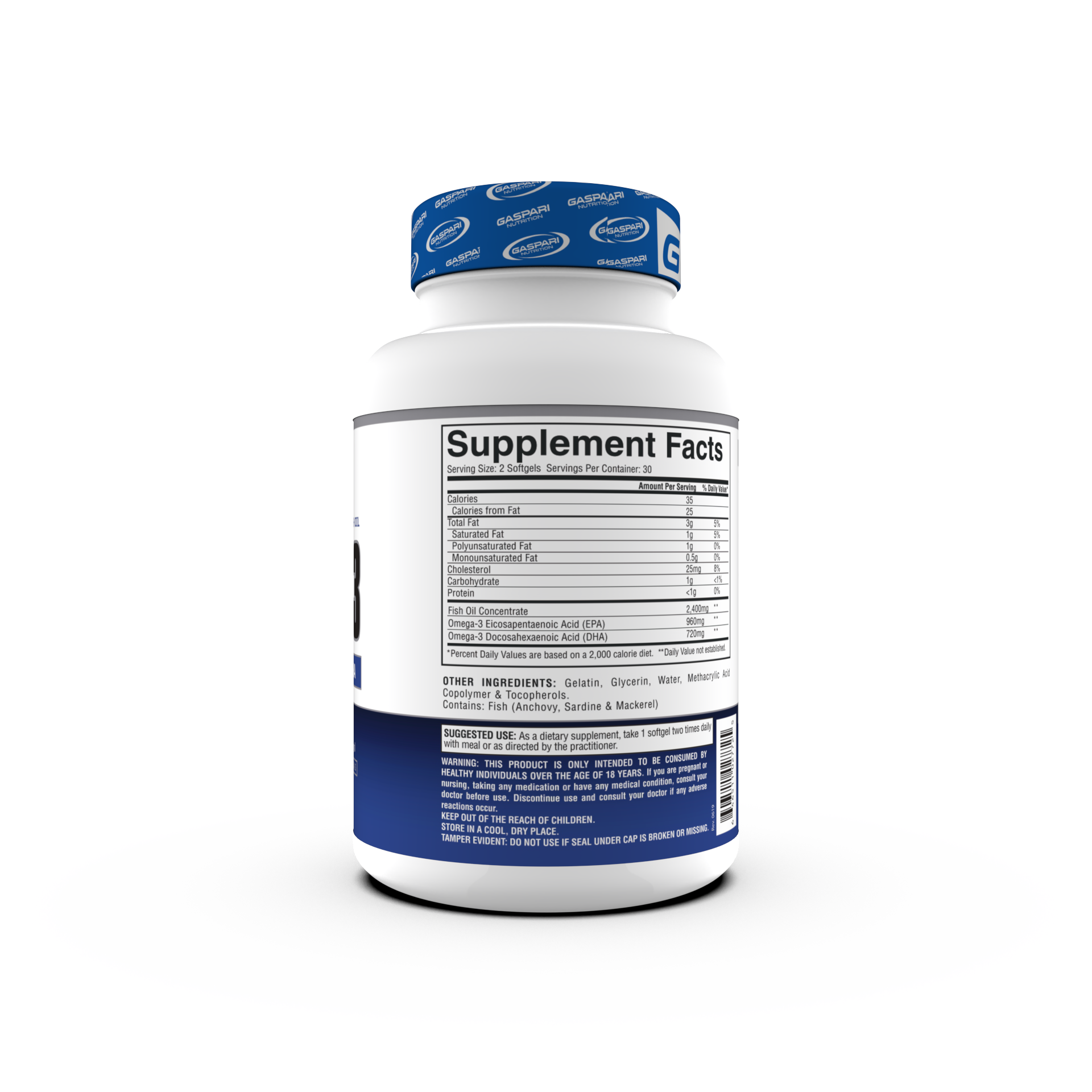
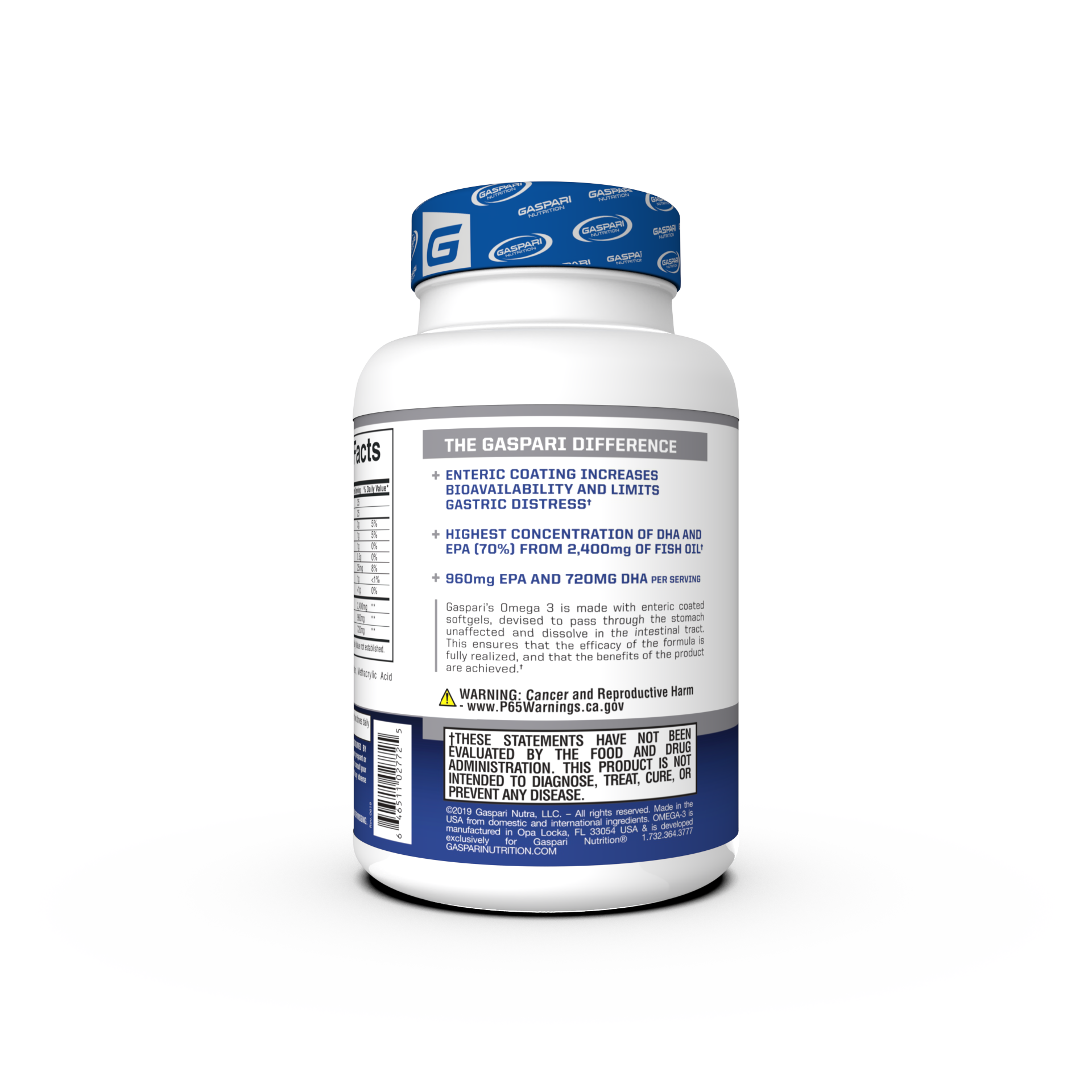
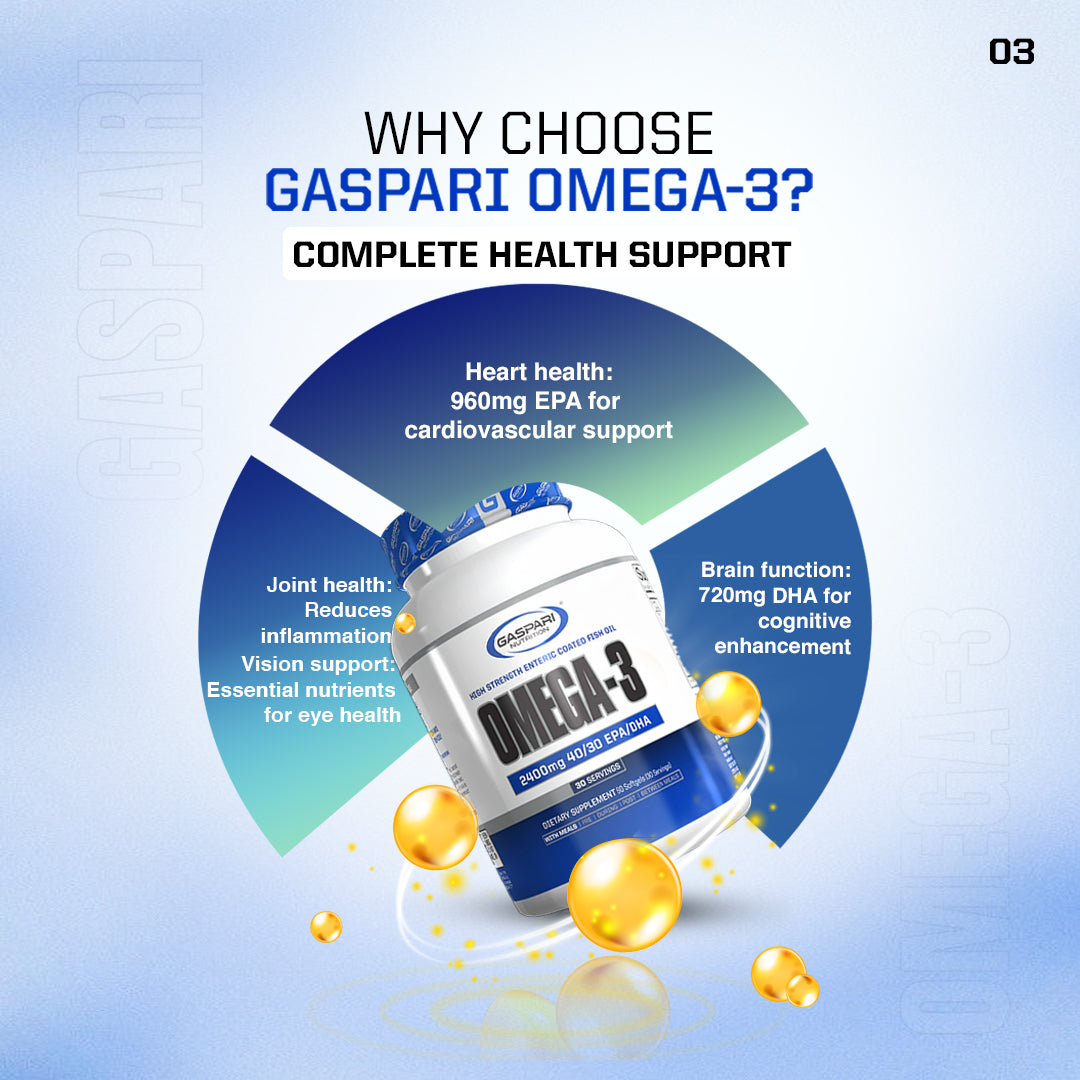
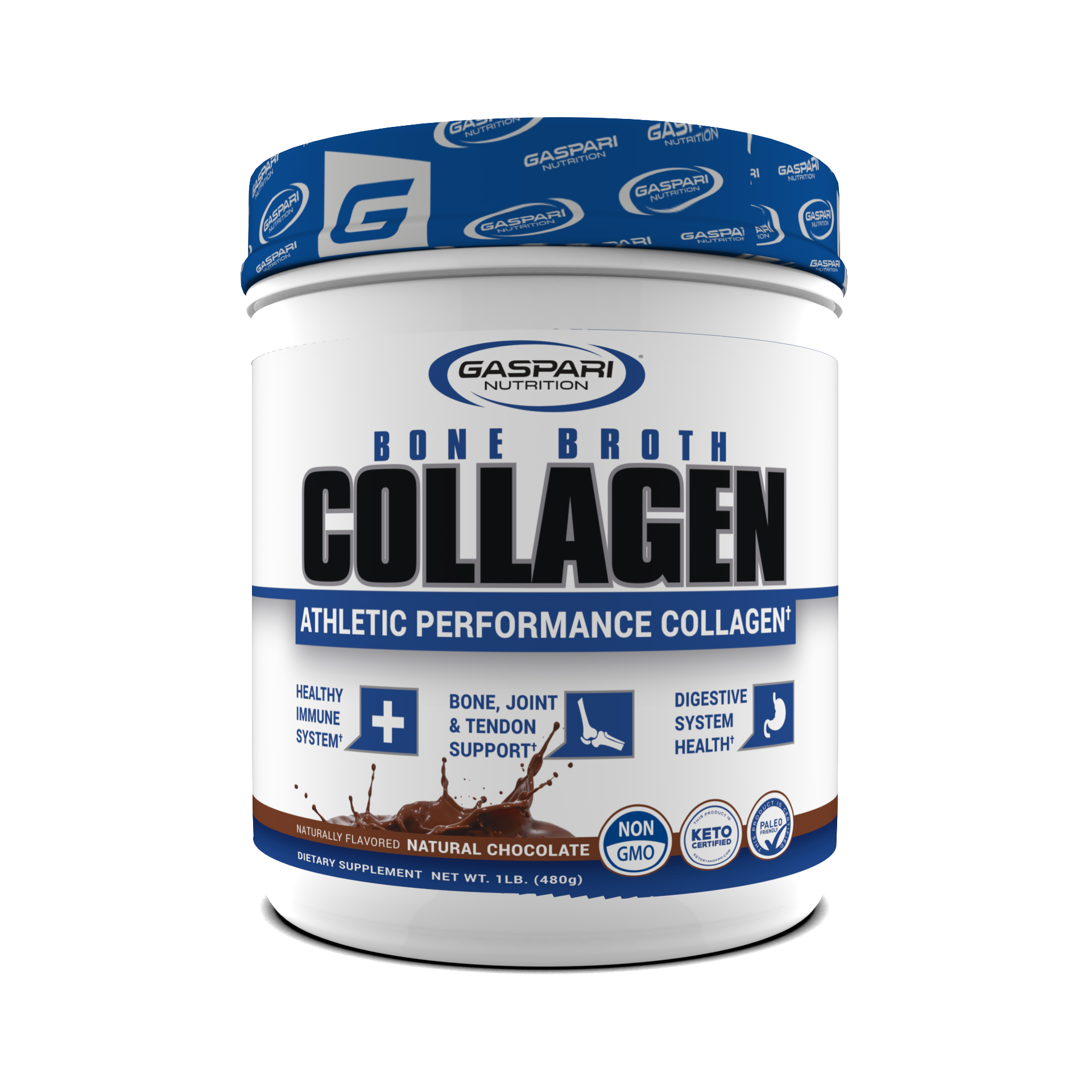
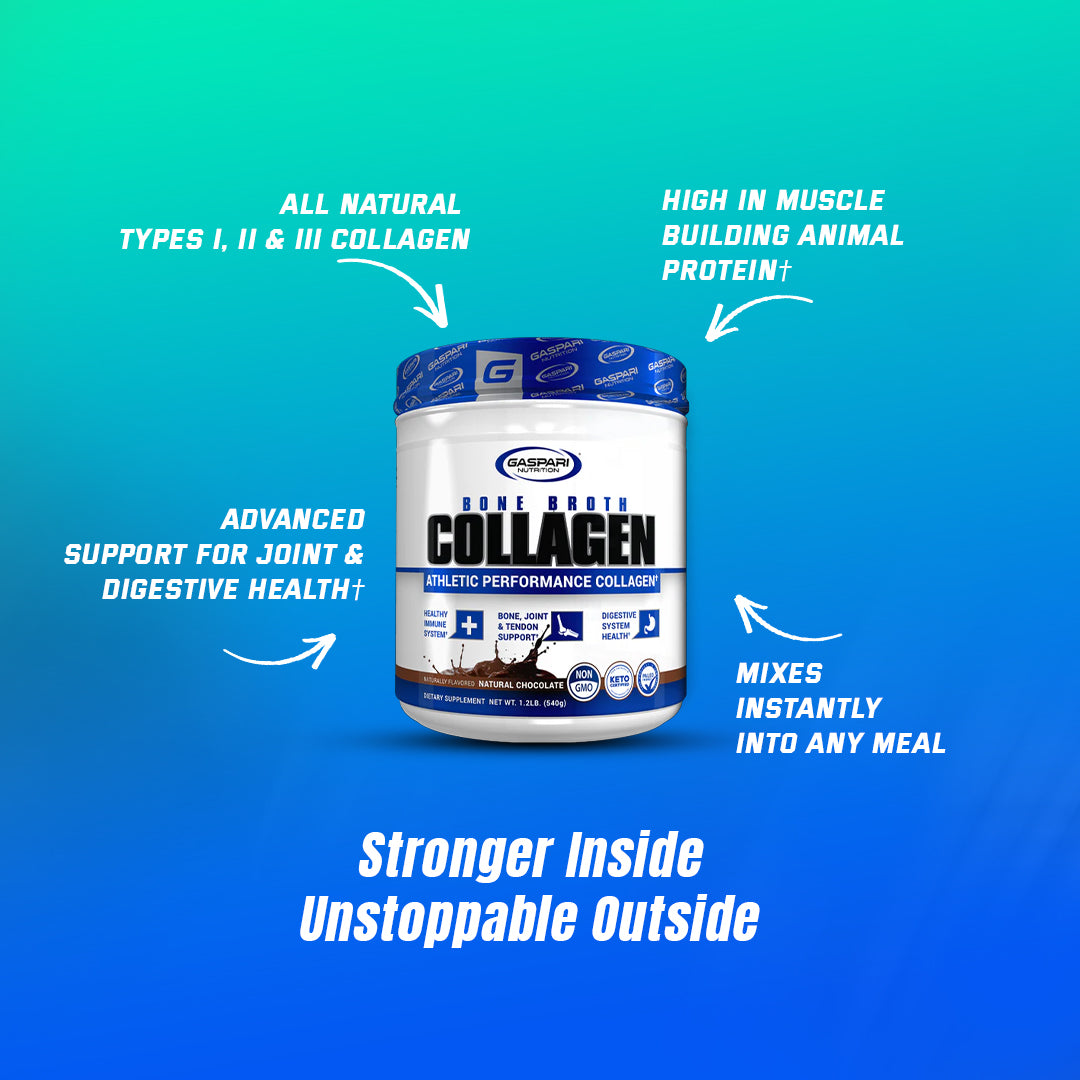

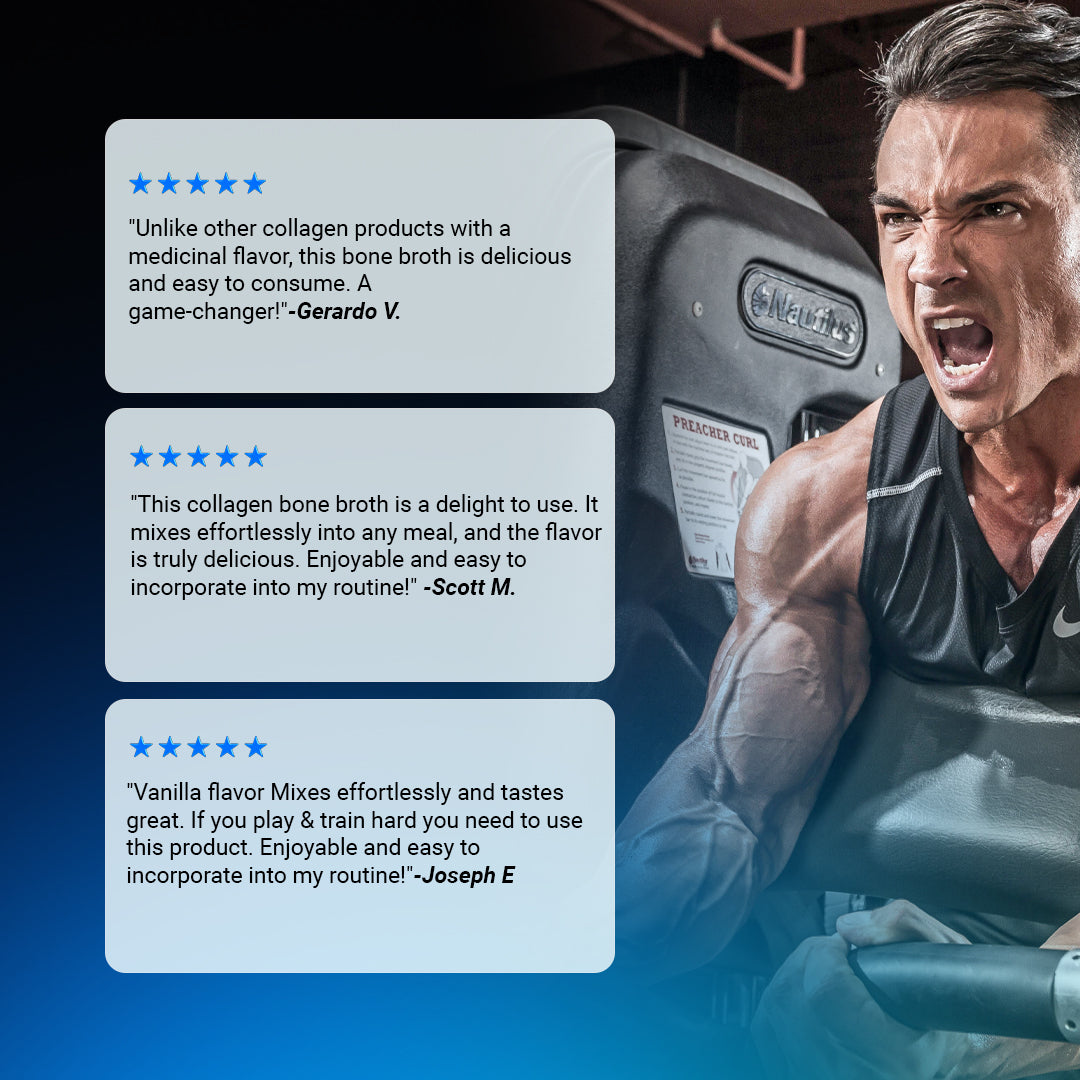
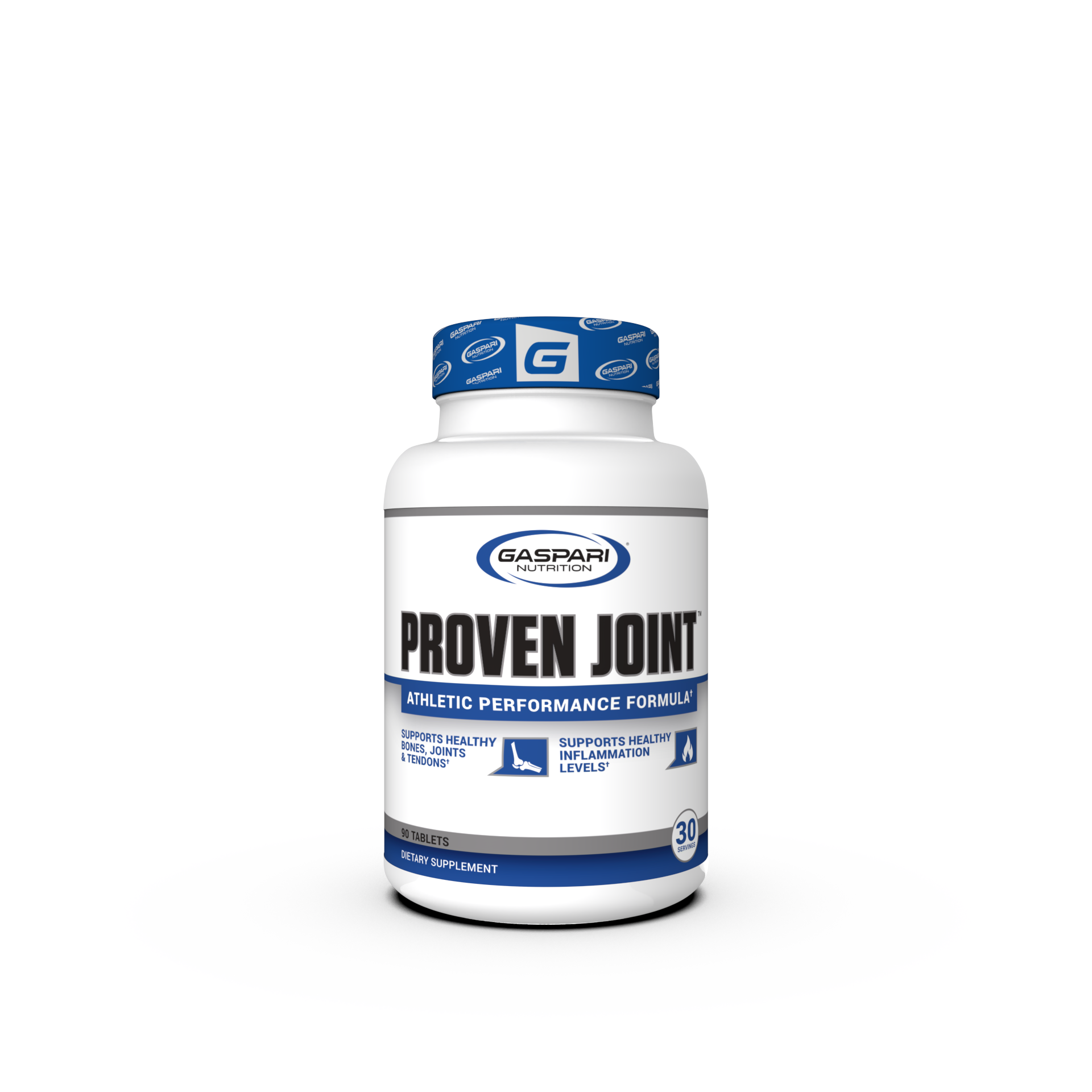
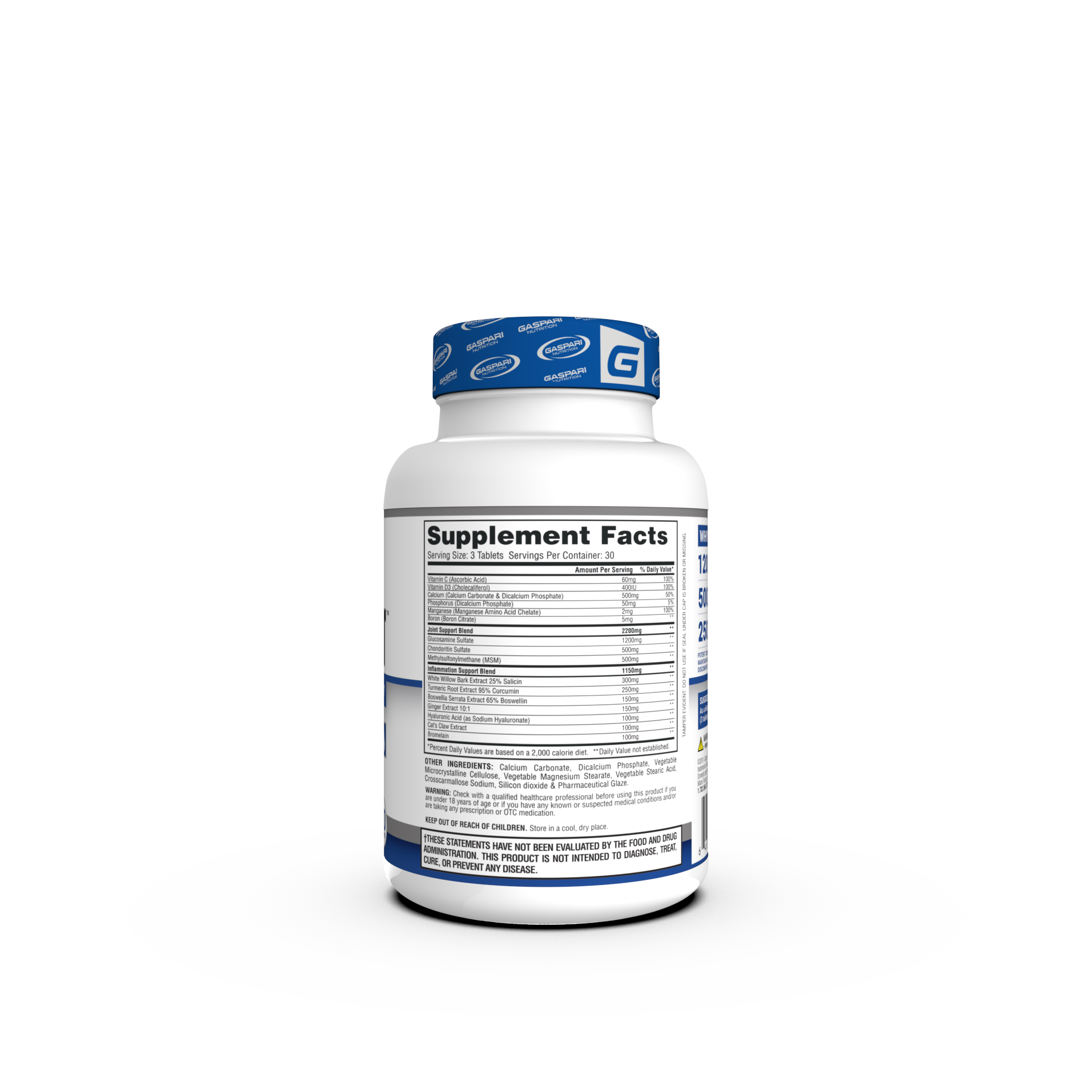
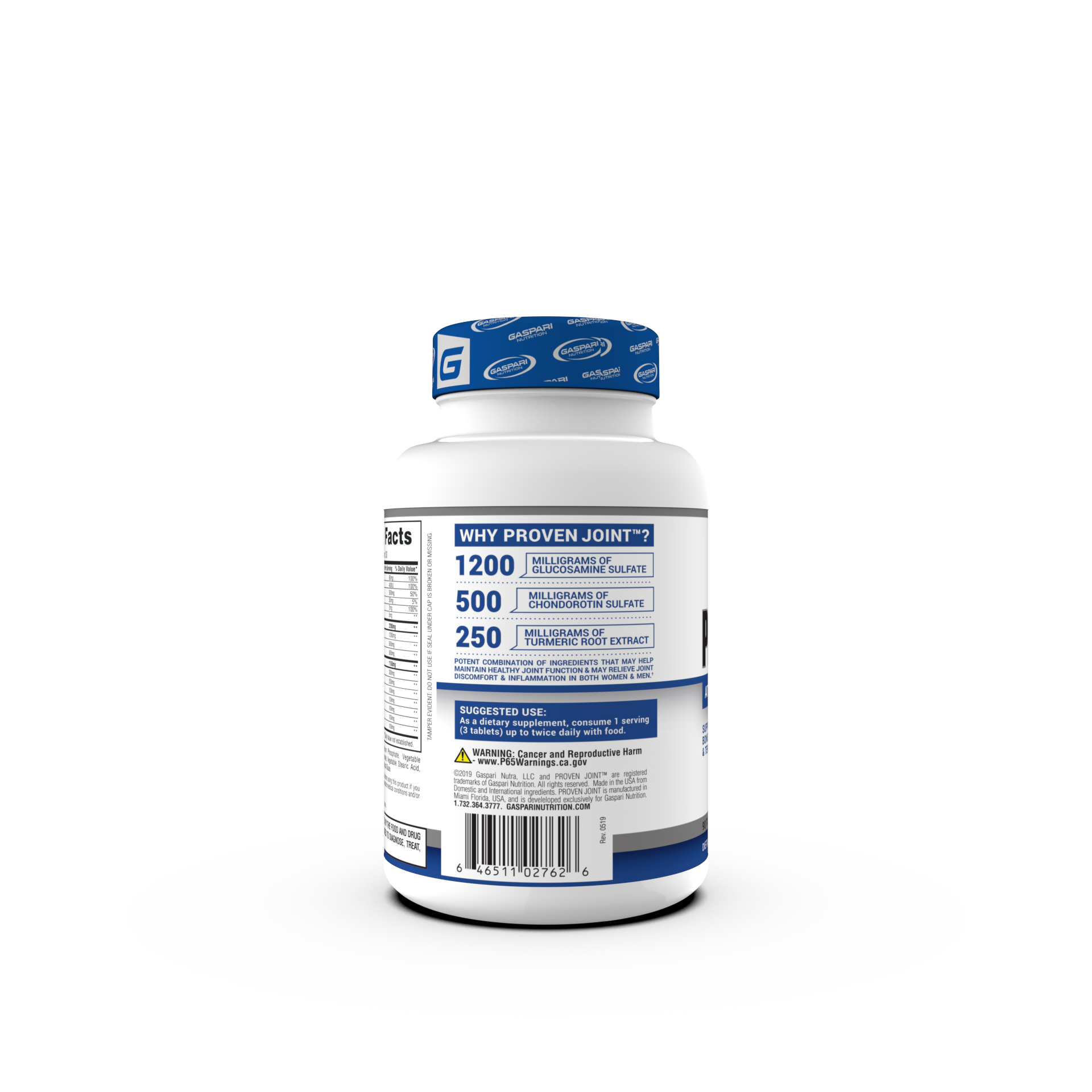

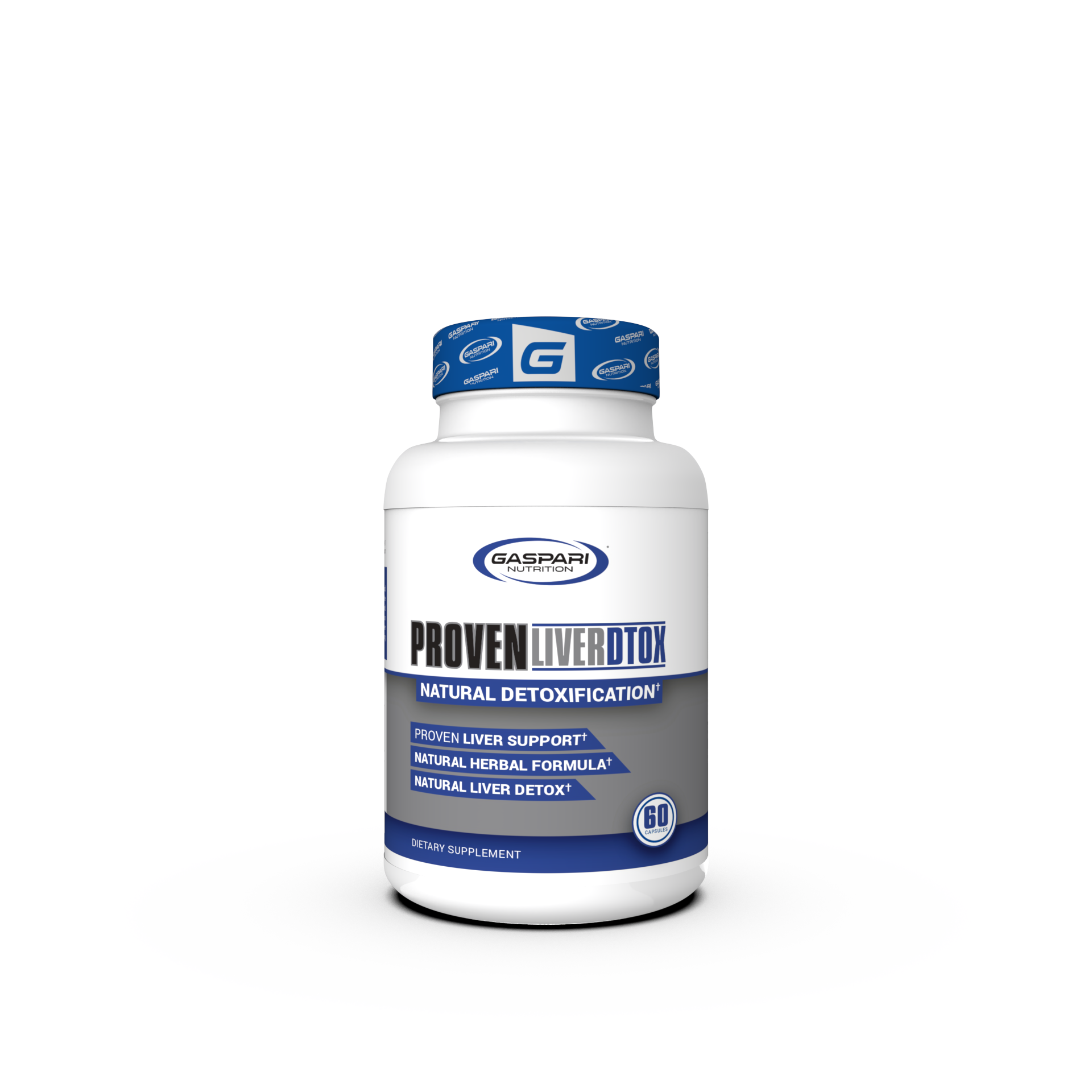
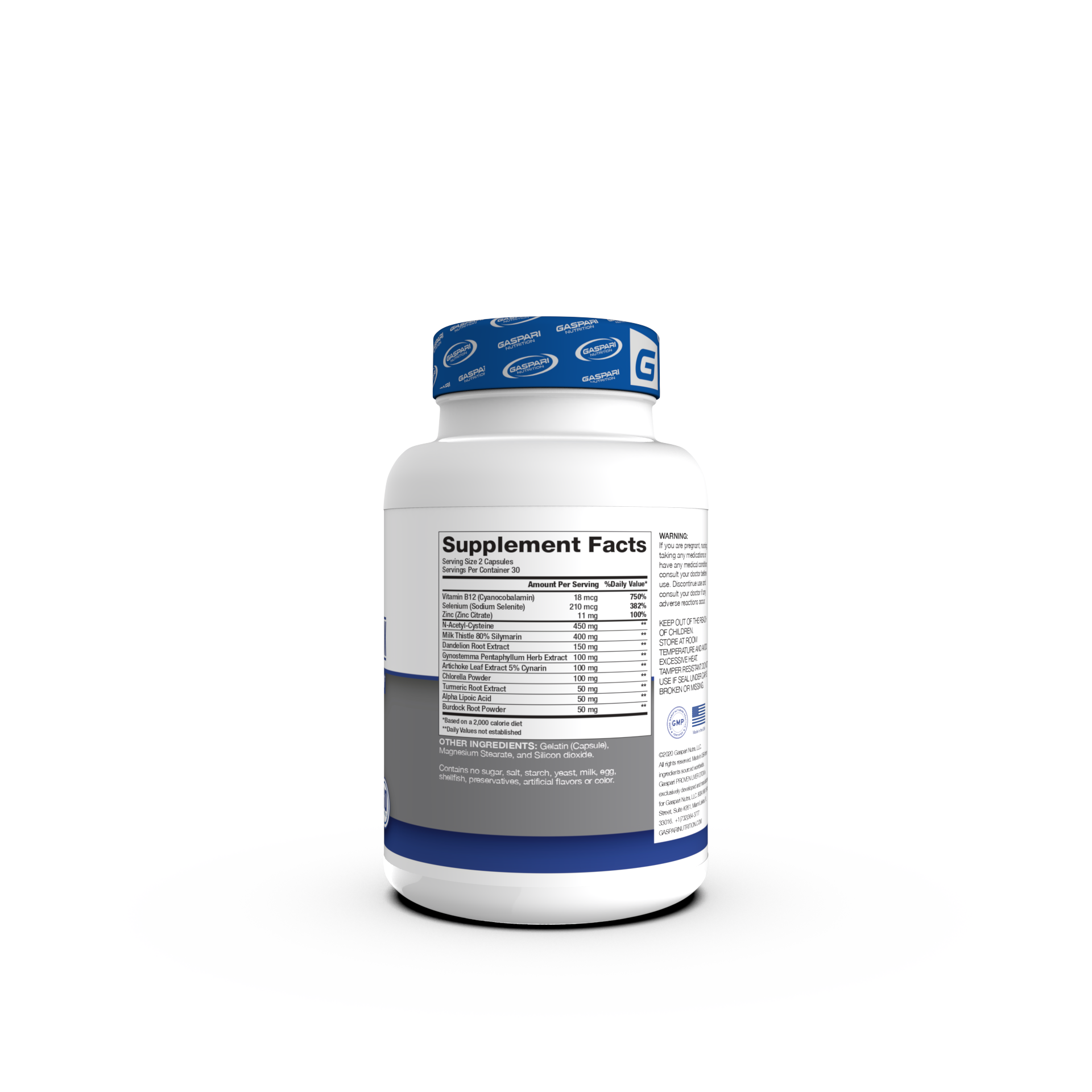
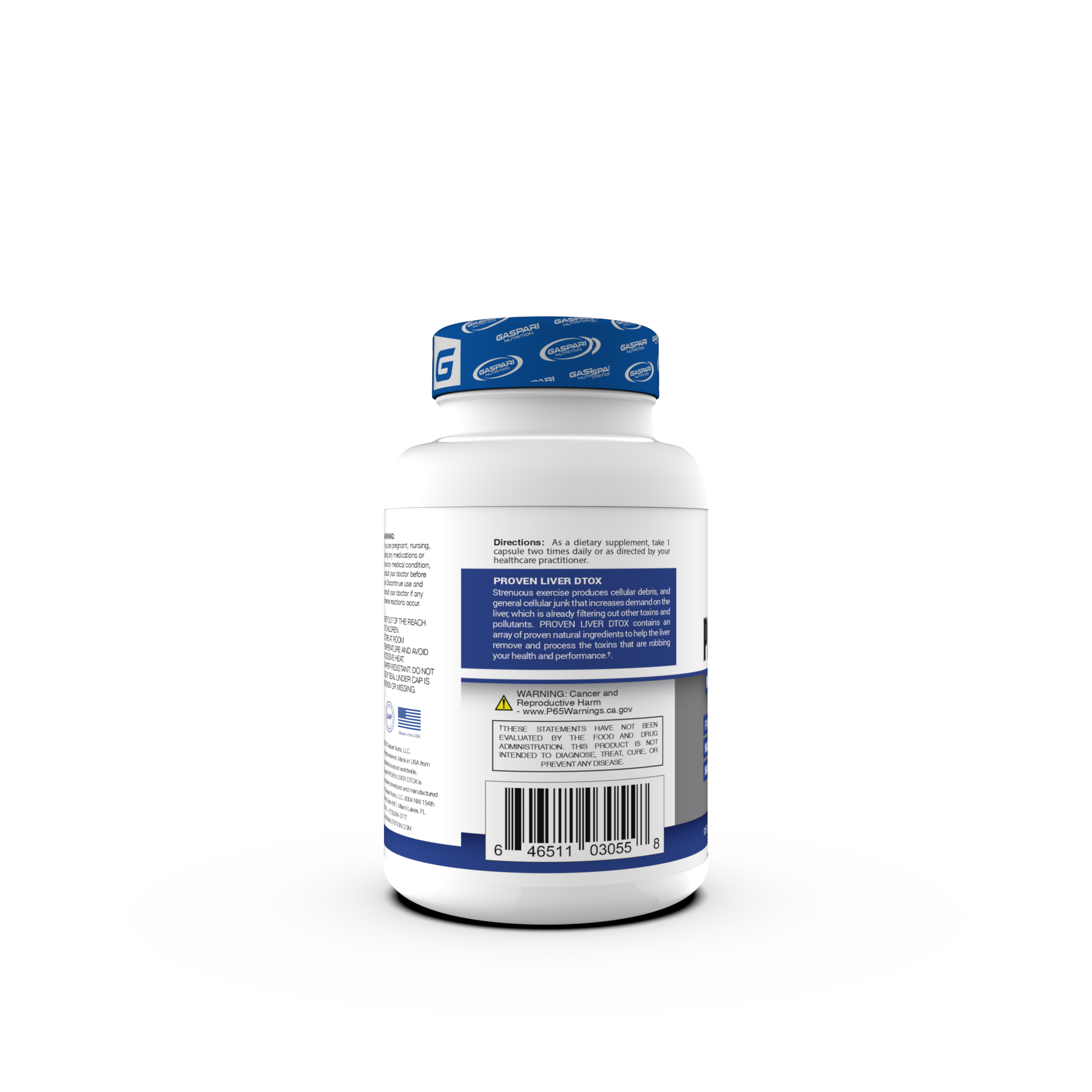

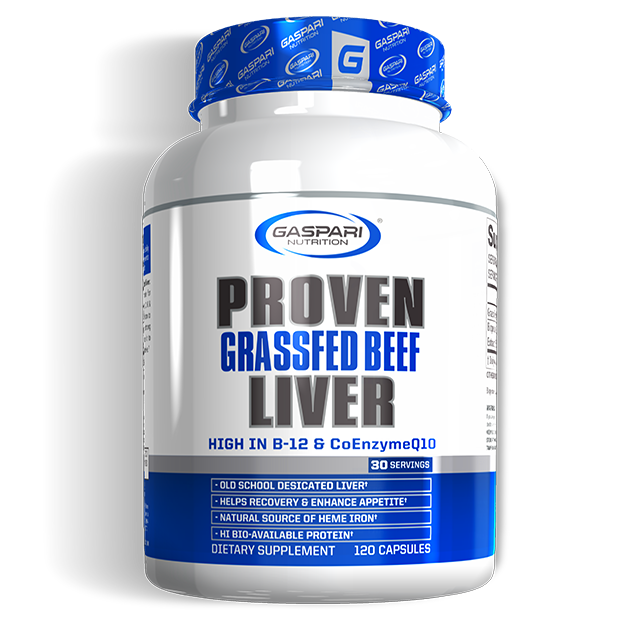
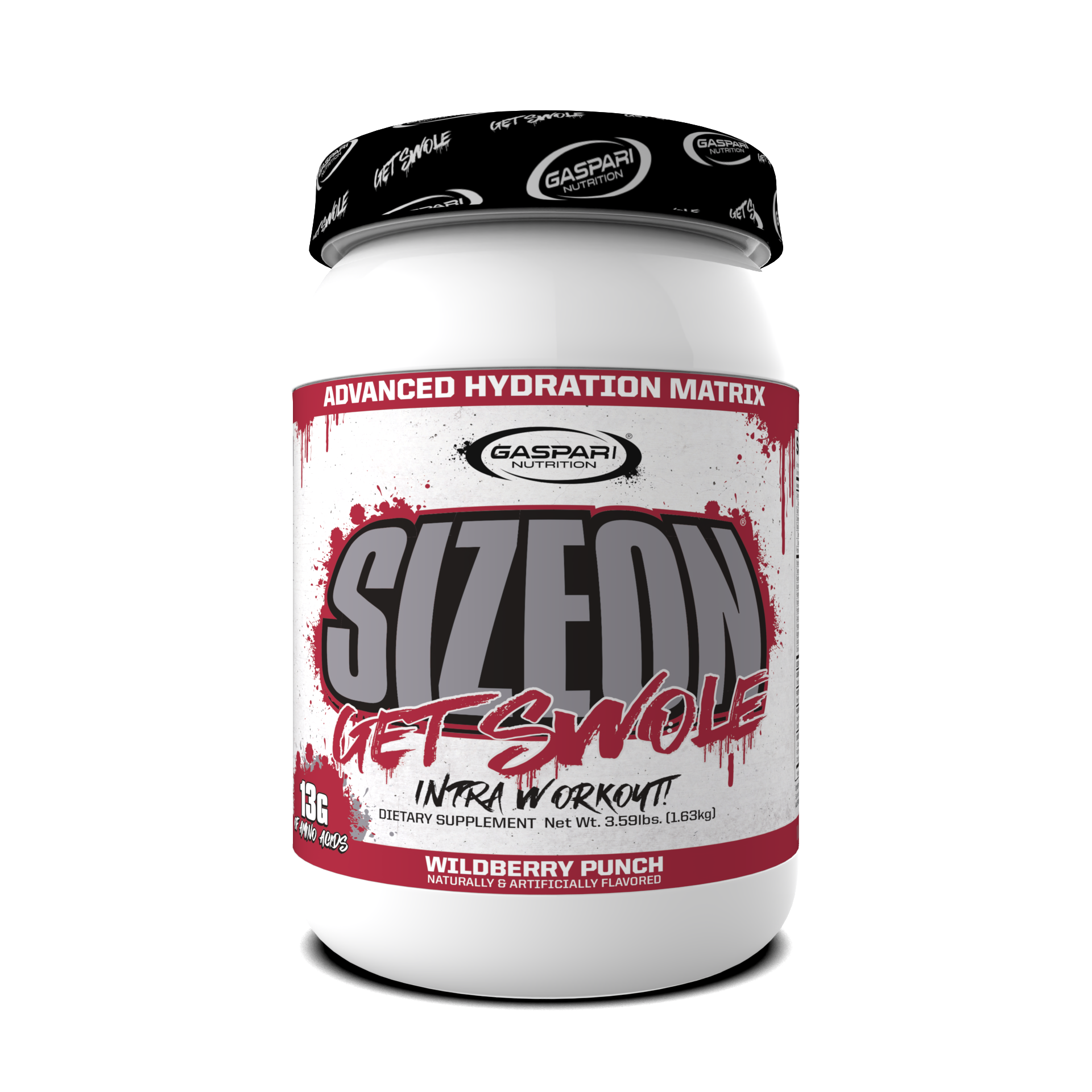
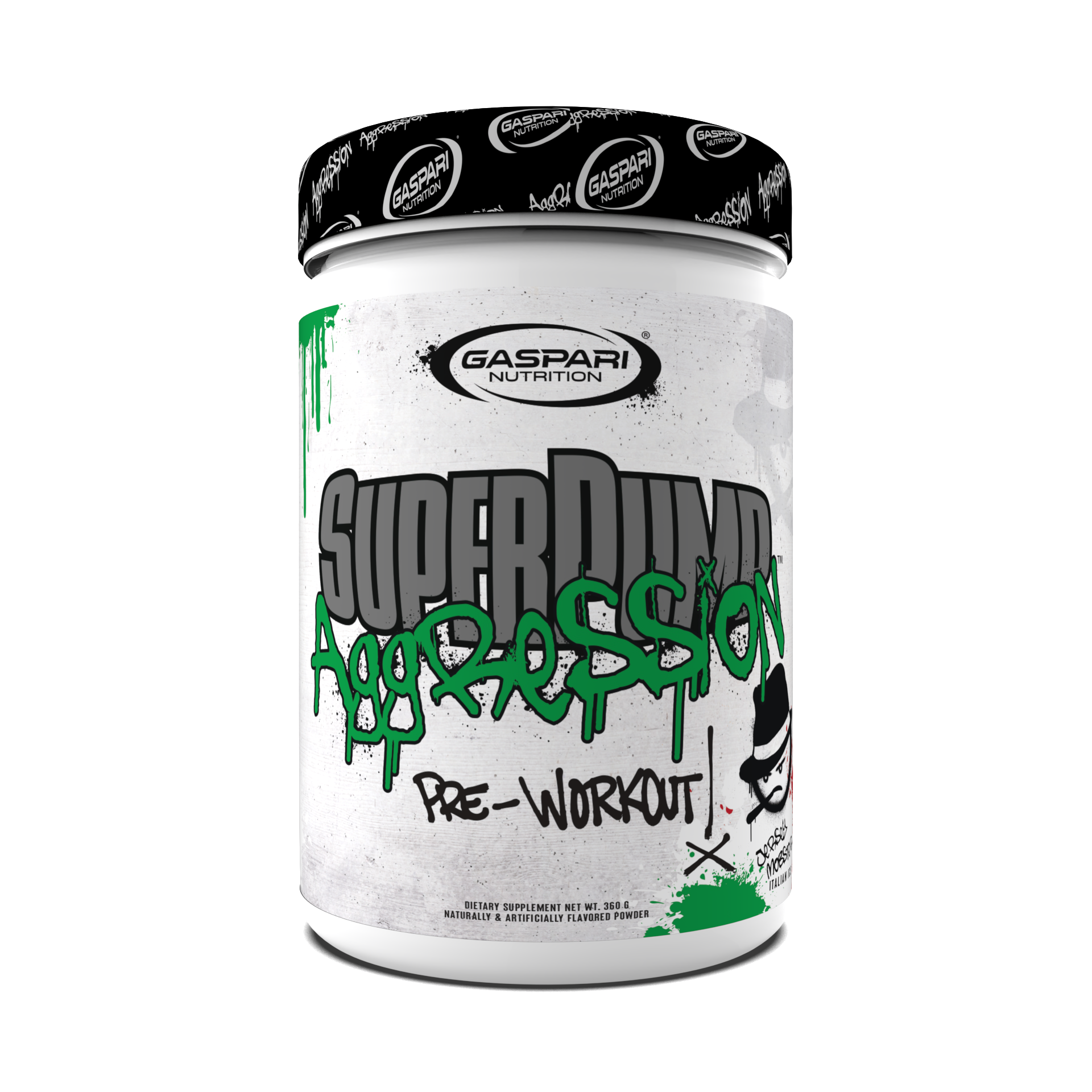
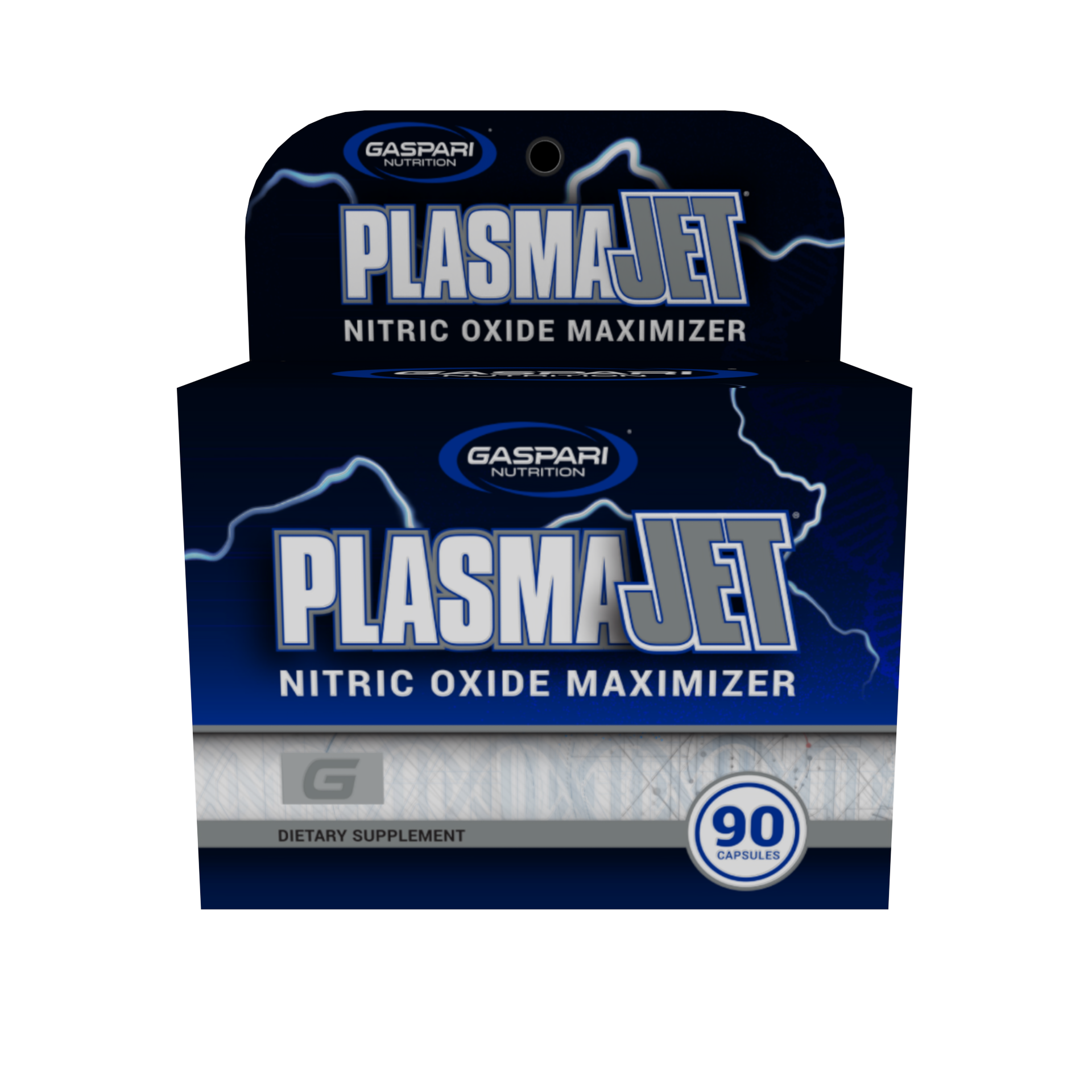

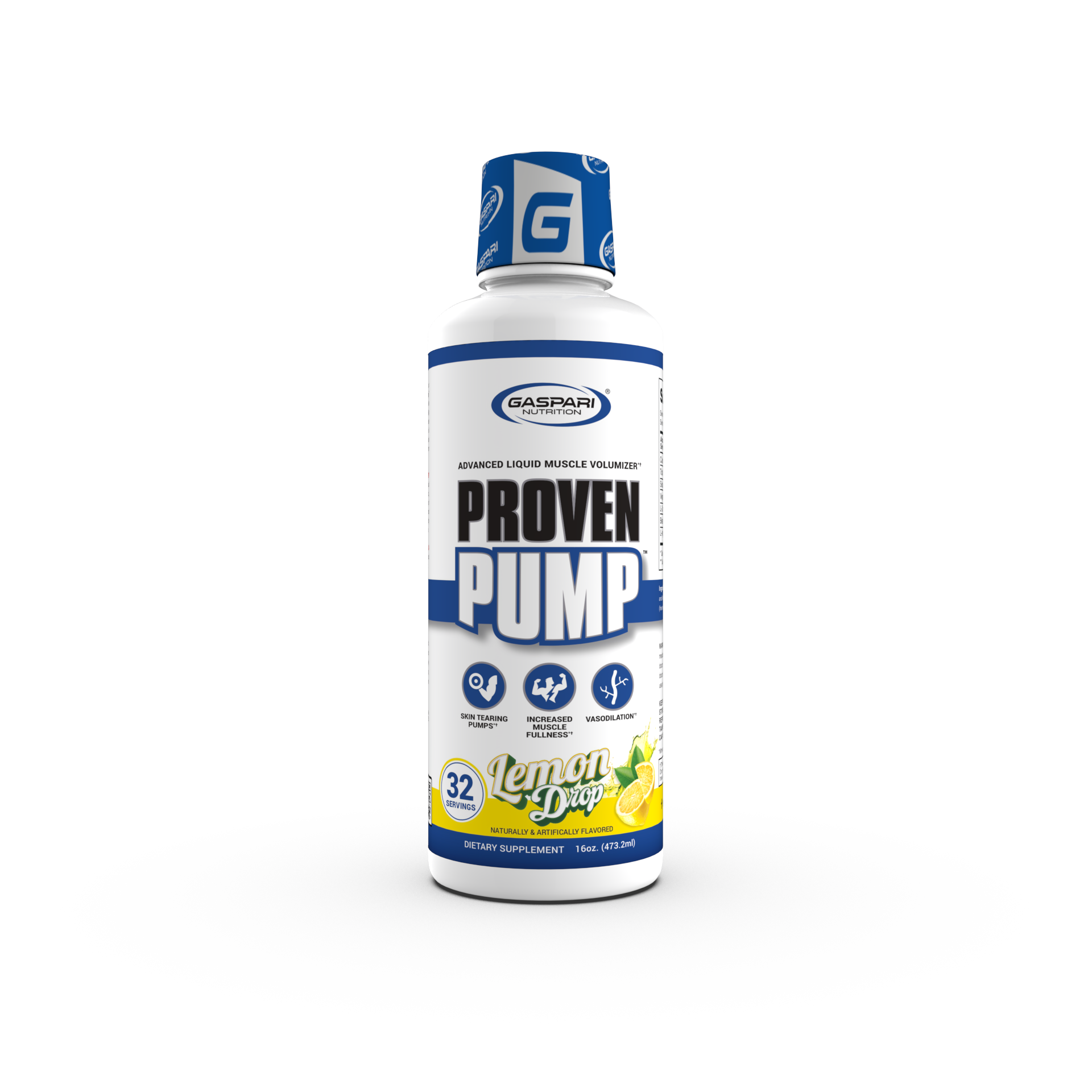
Share:
Carson Wentz: What A Injury Training Comeback Looks Like
What Is Niacin And How Does It Impact My Health?